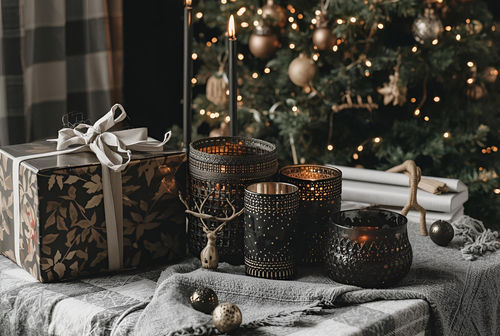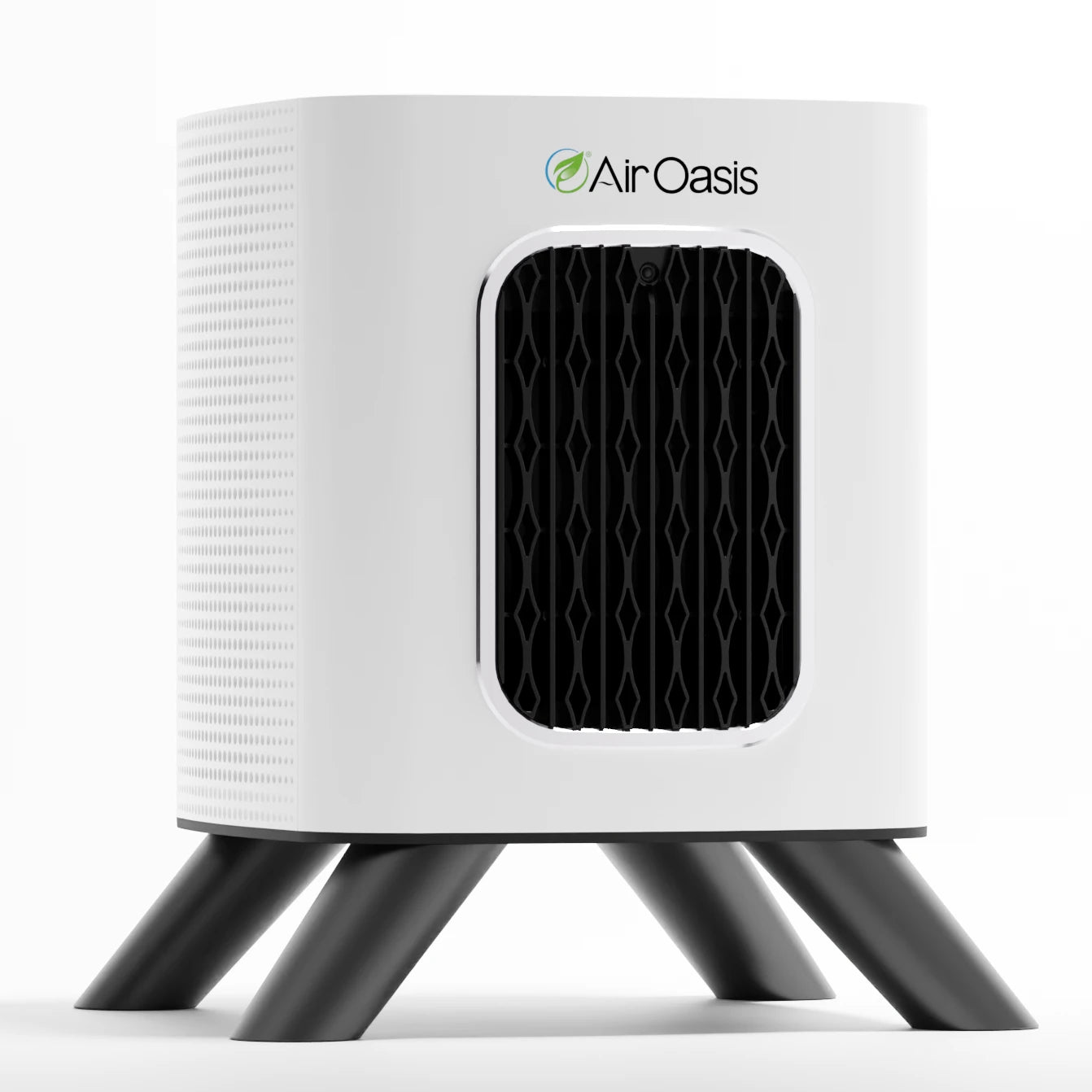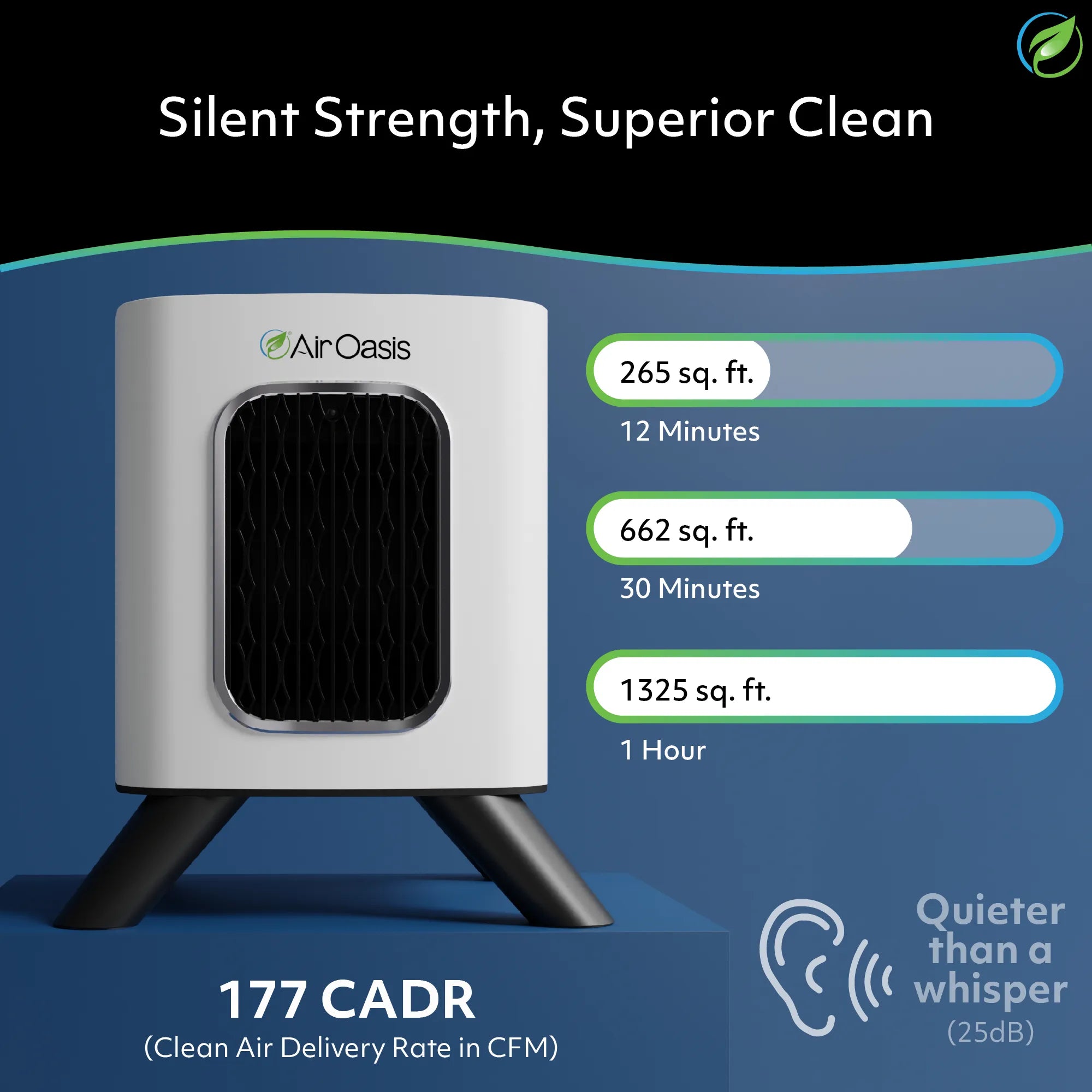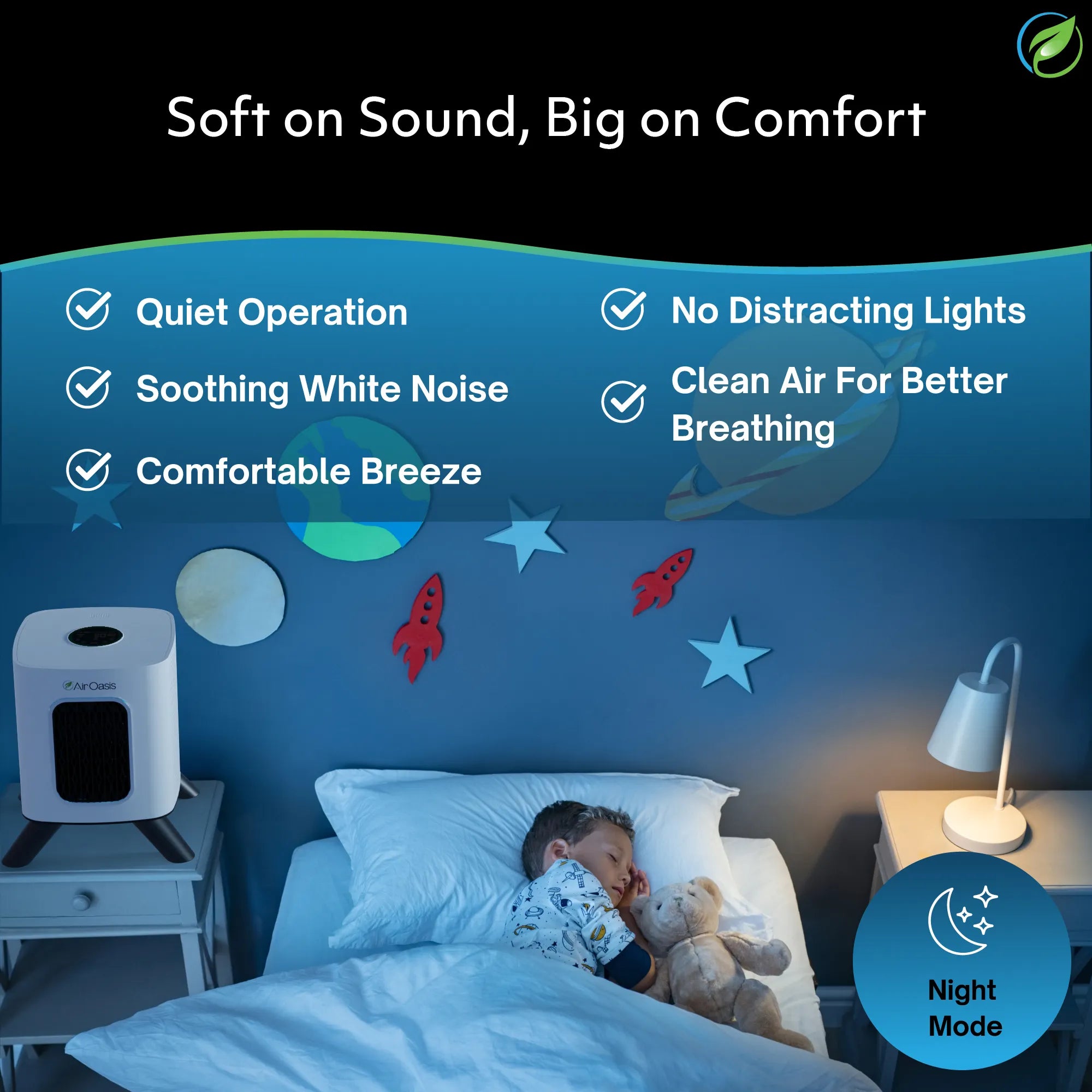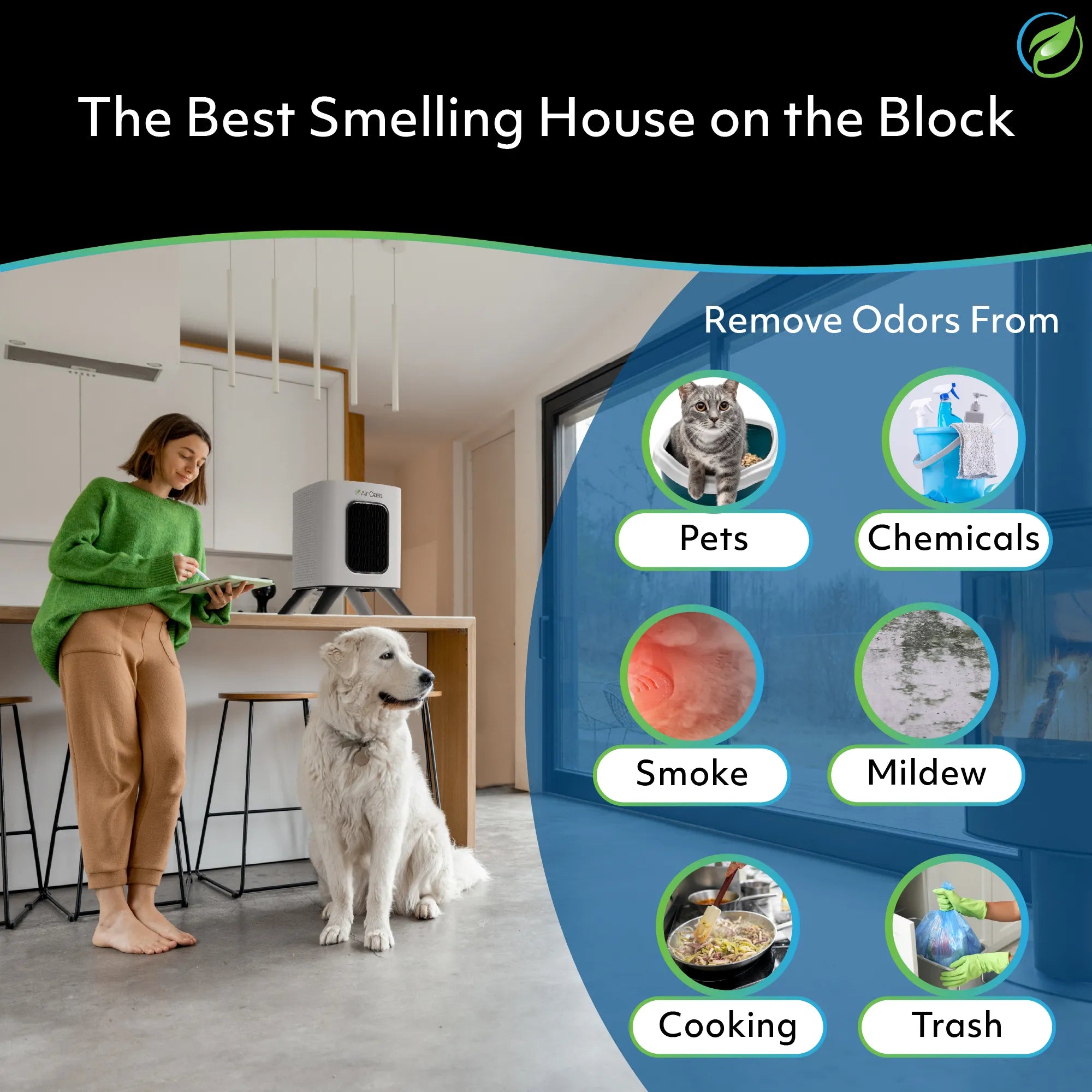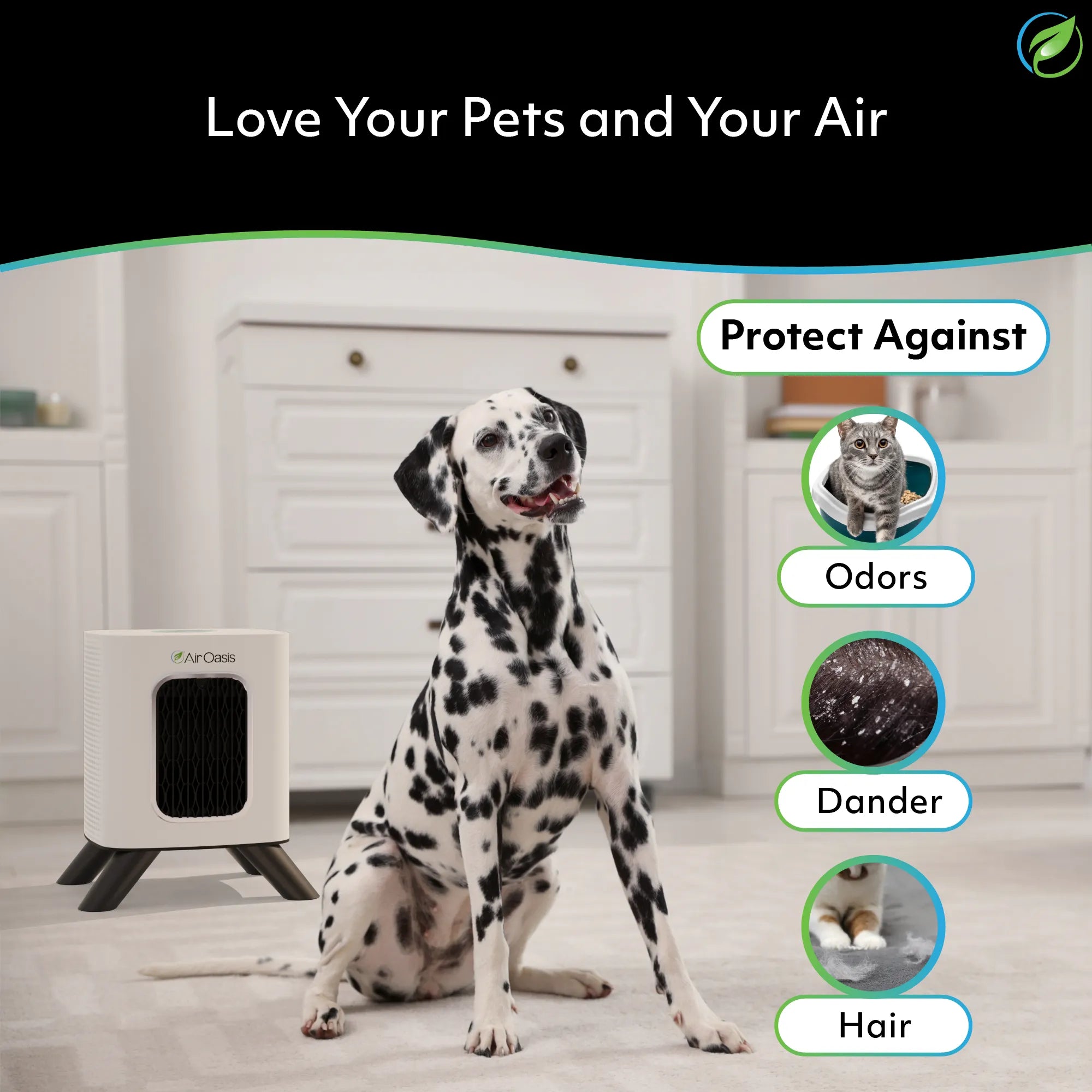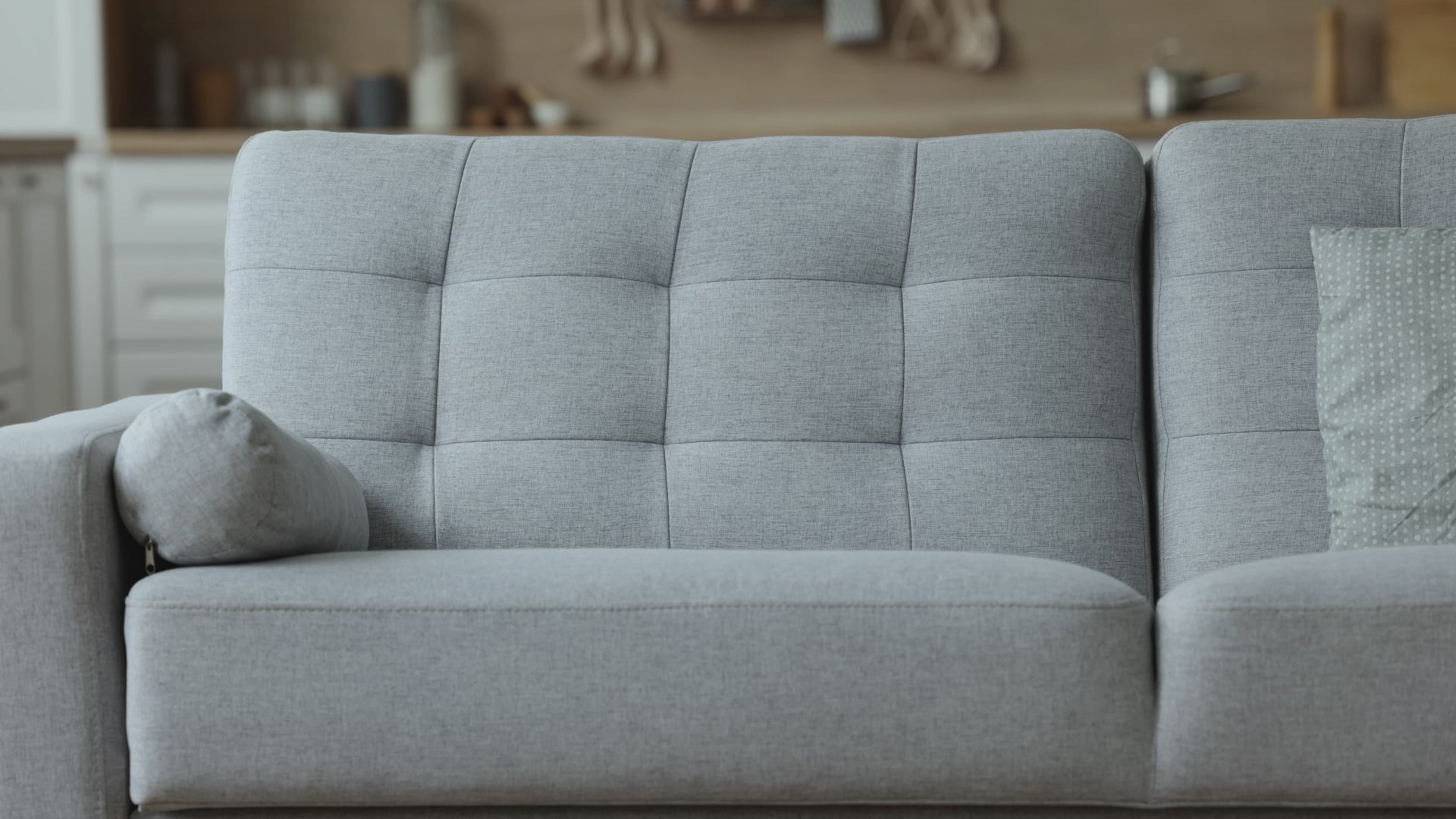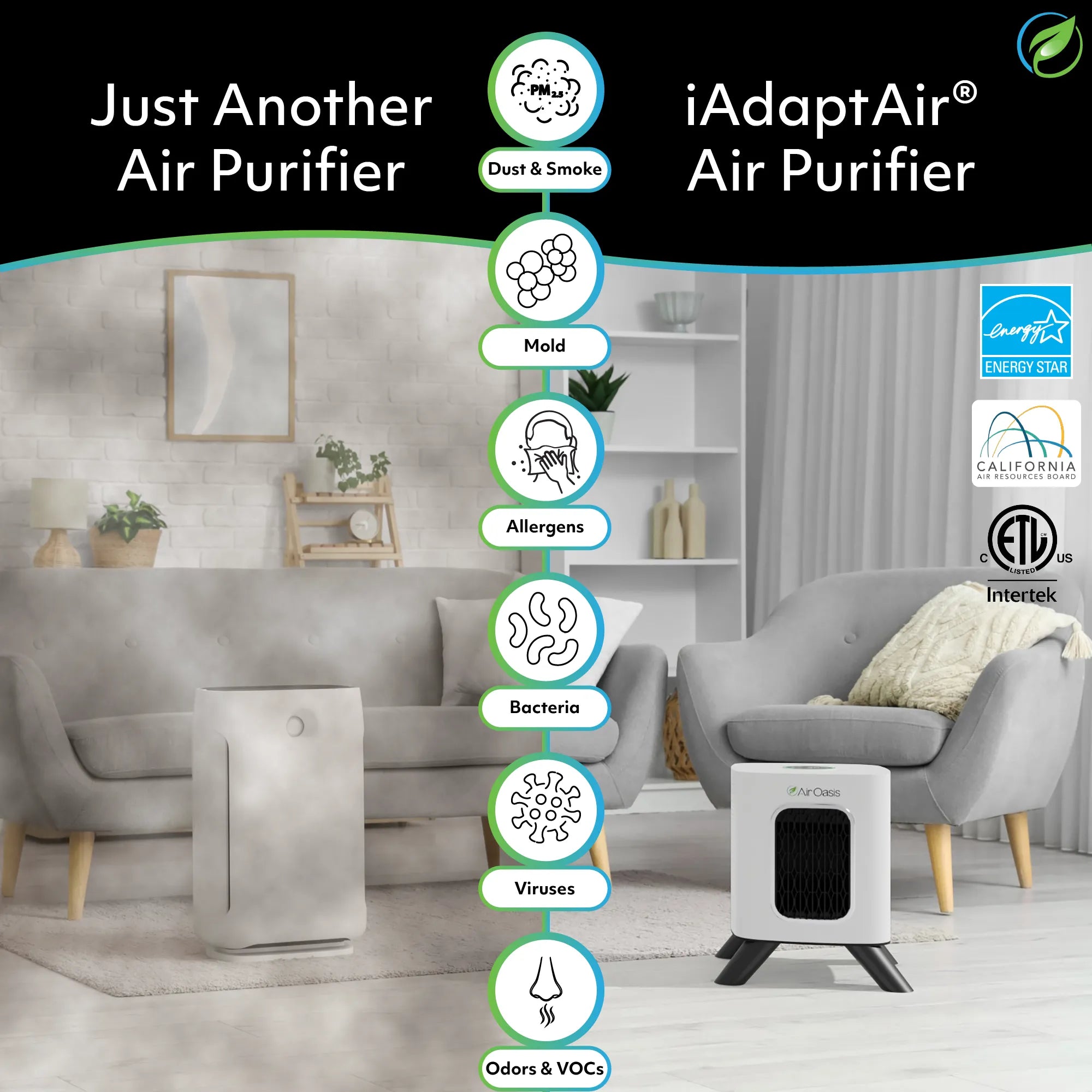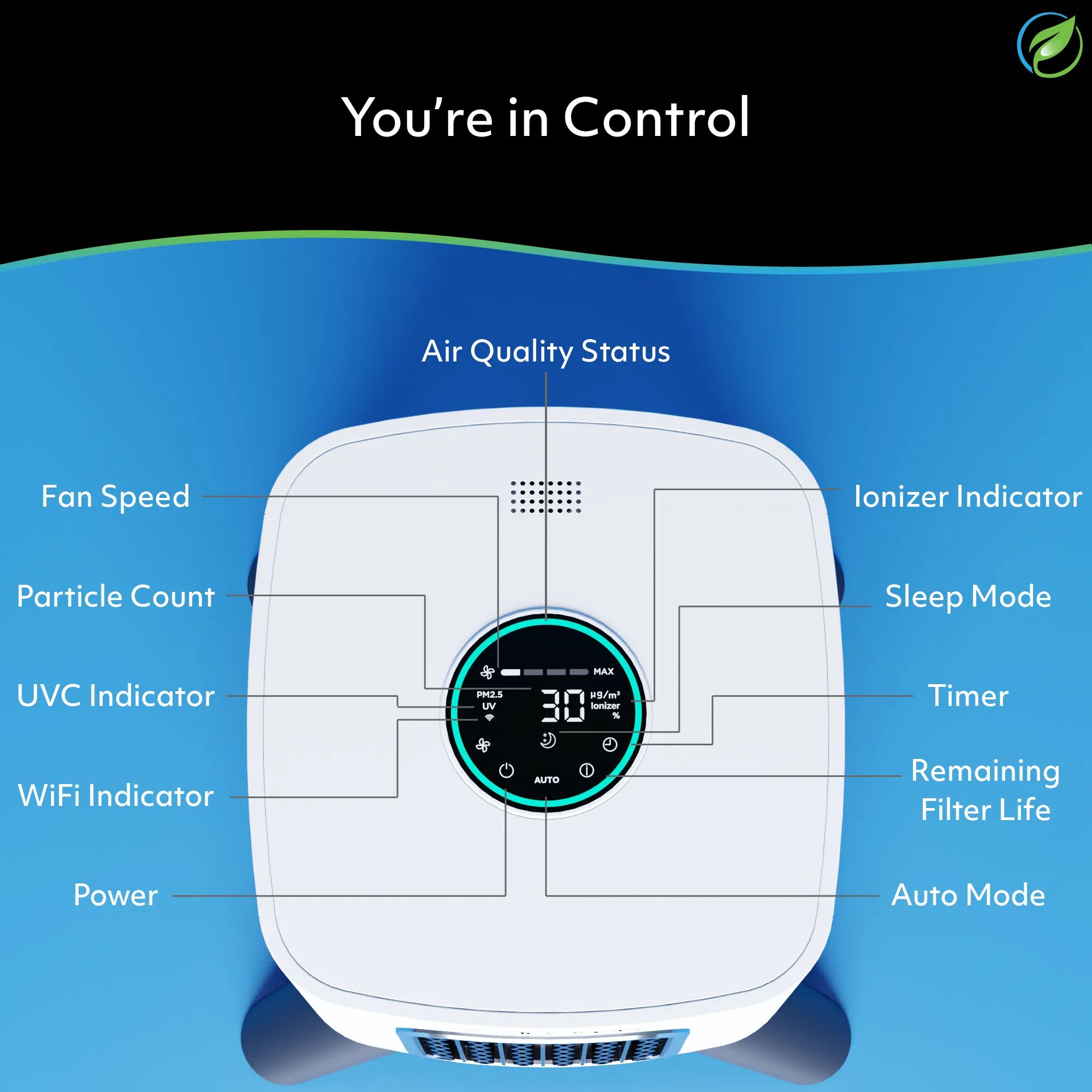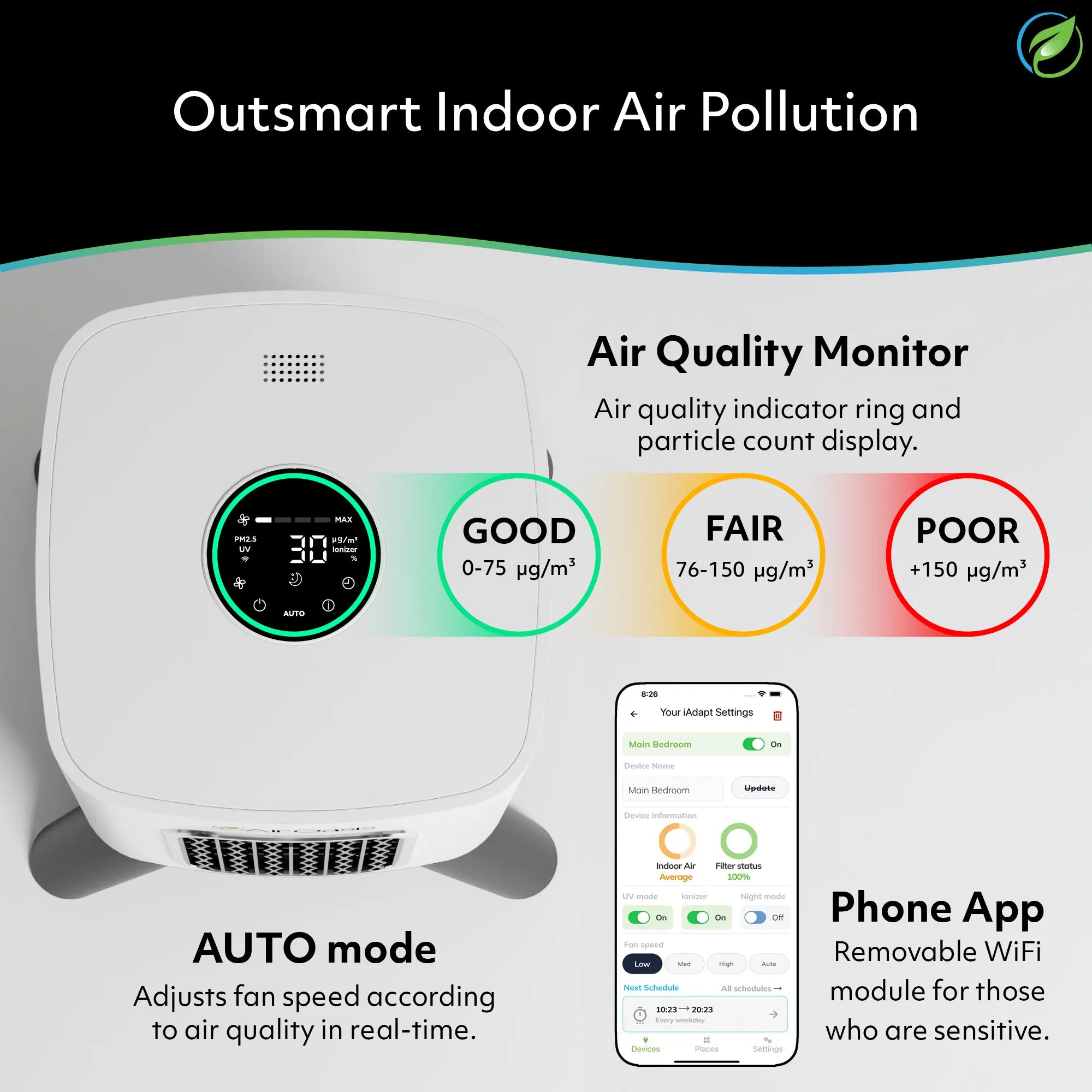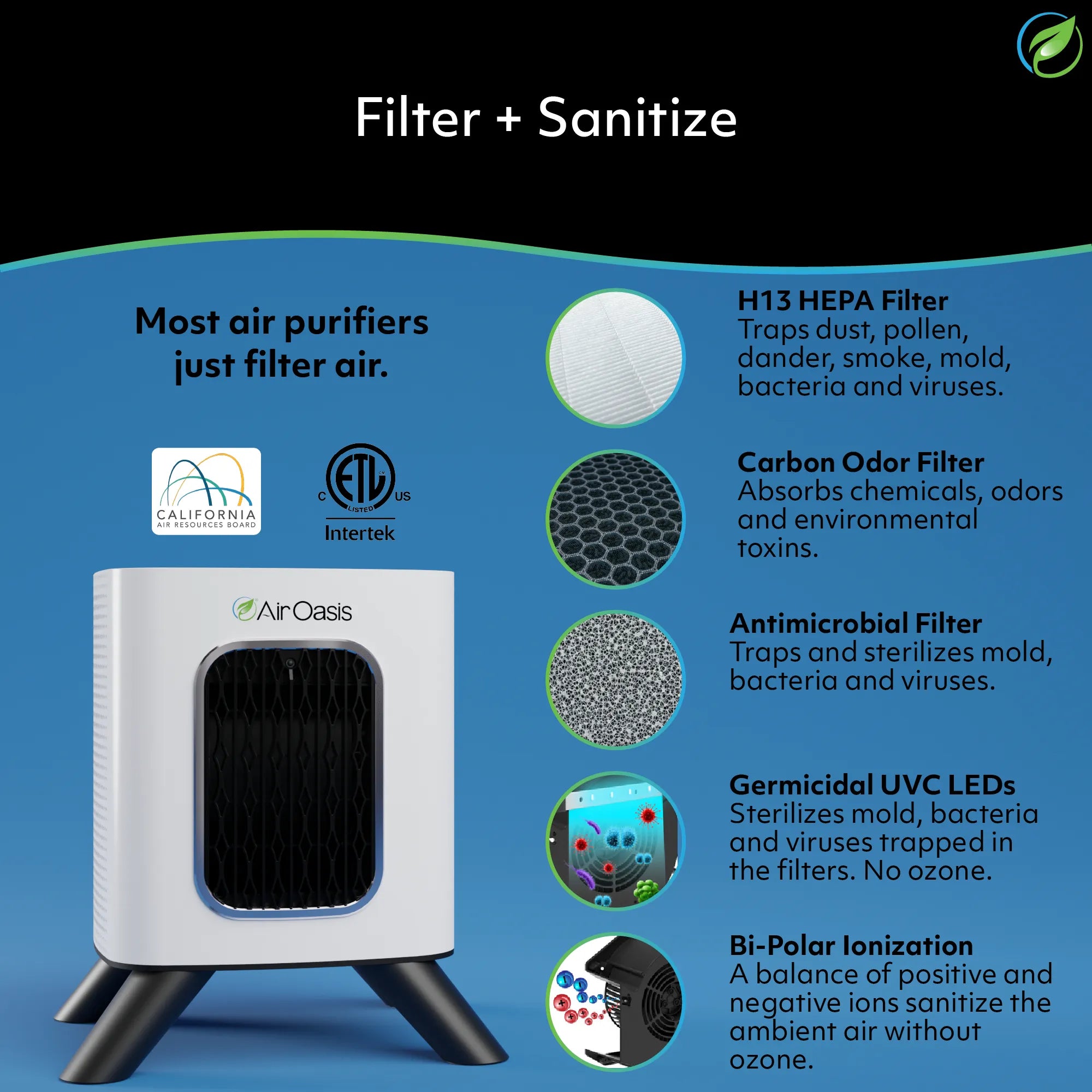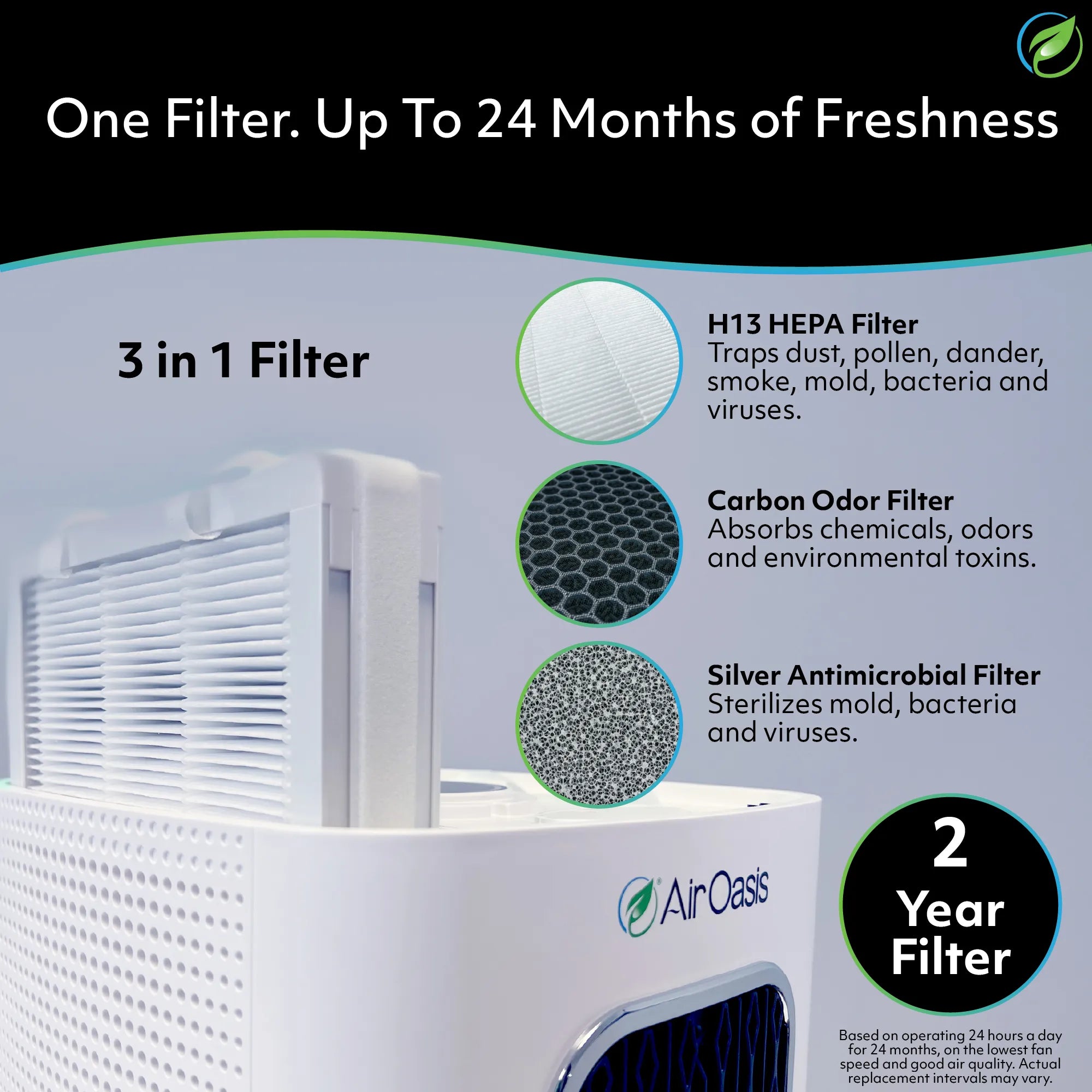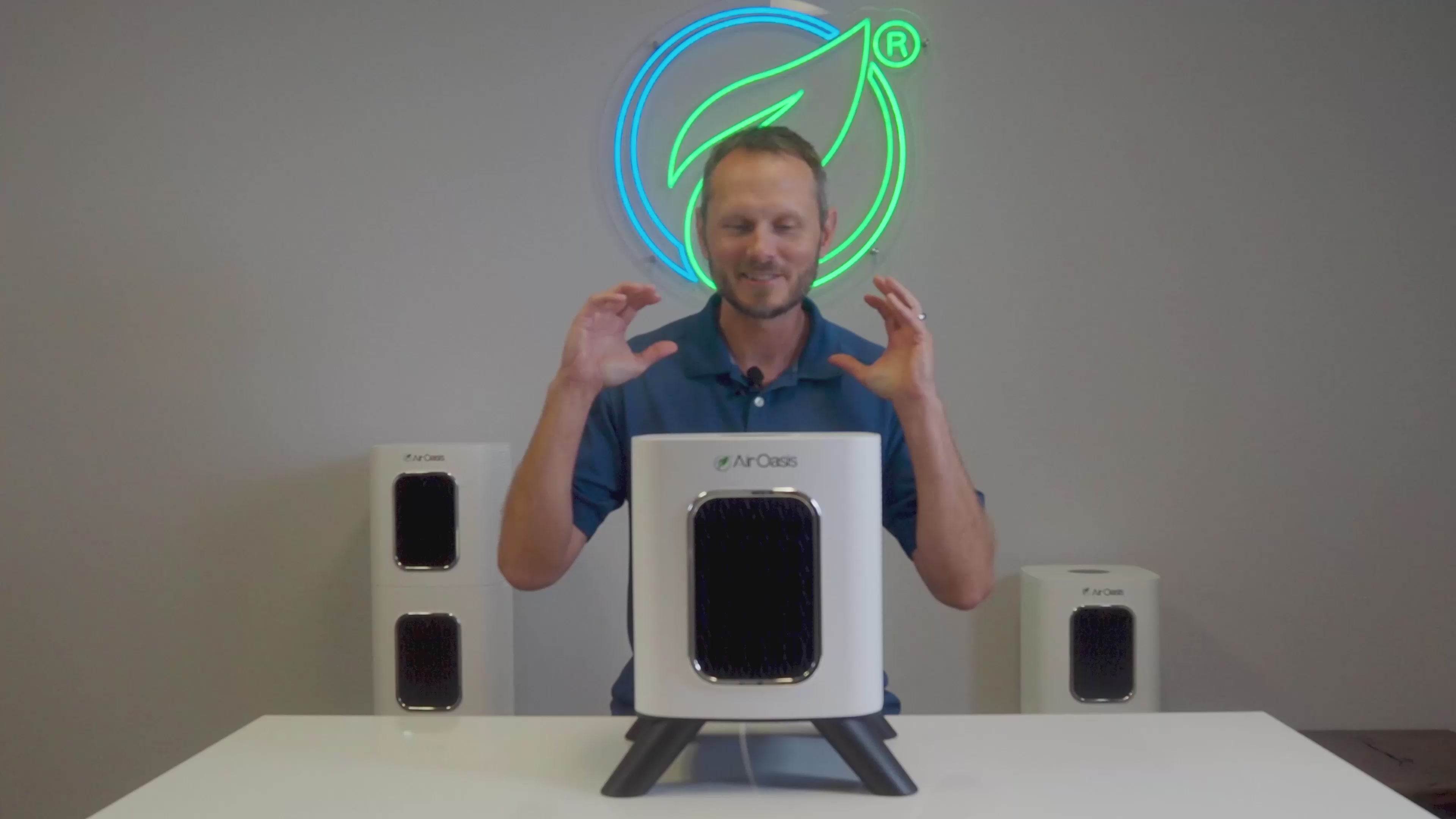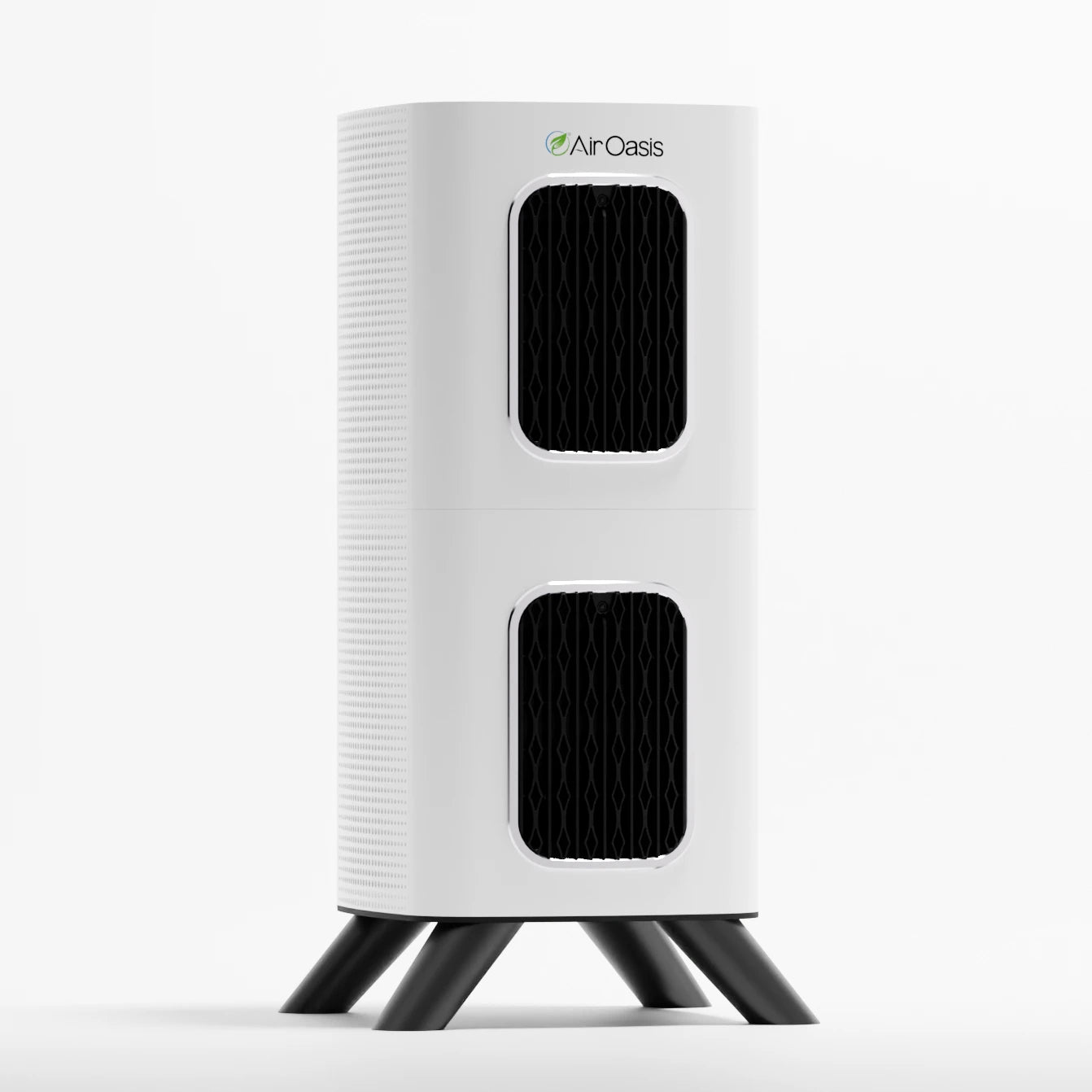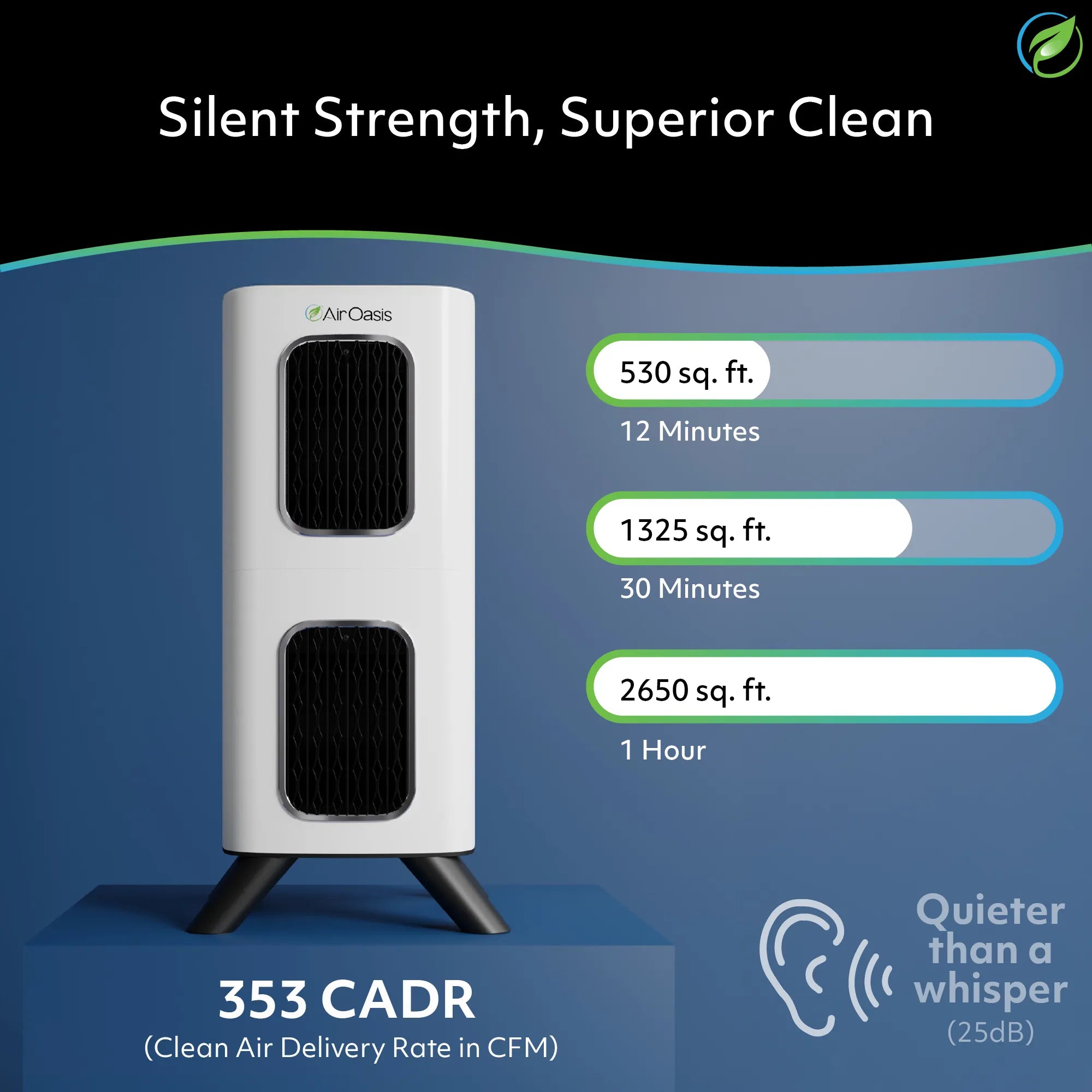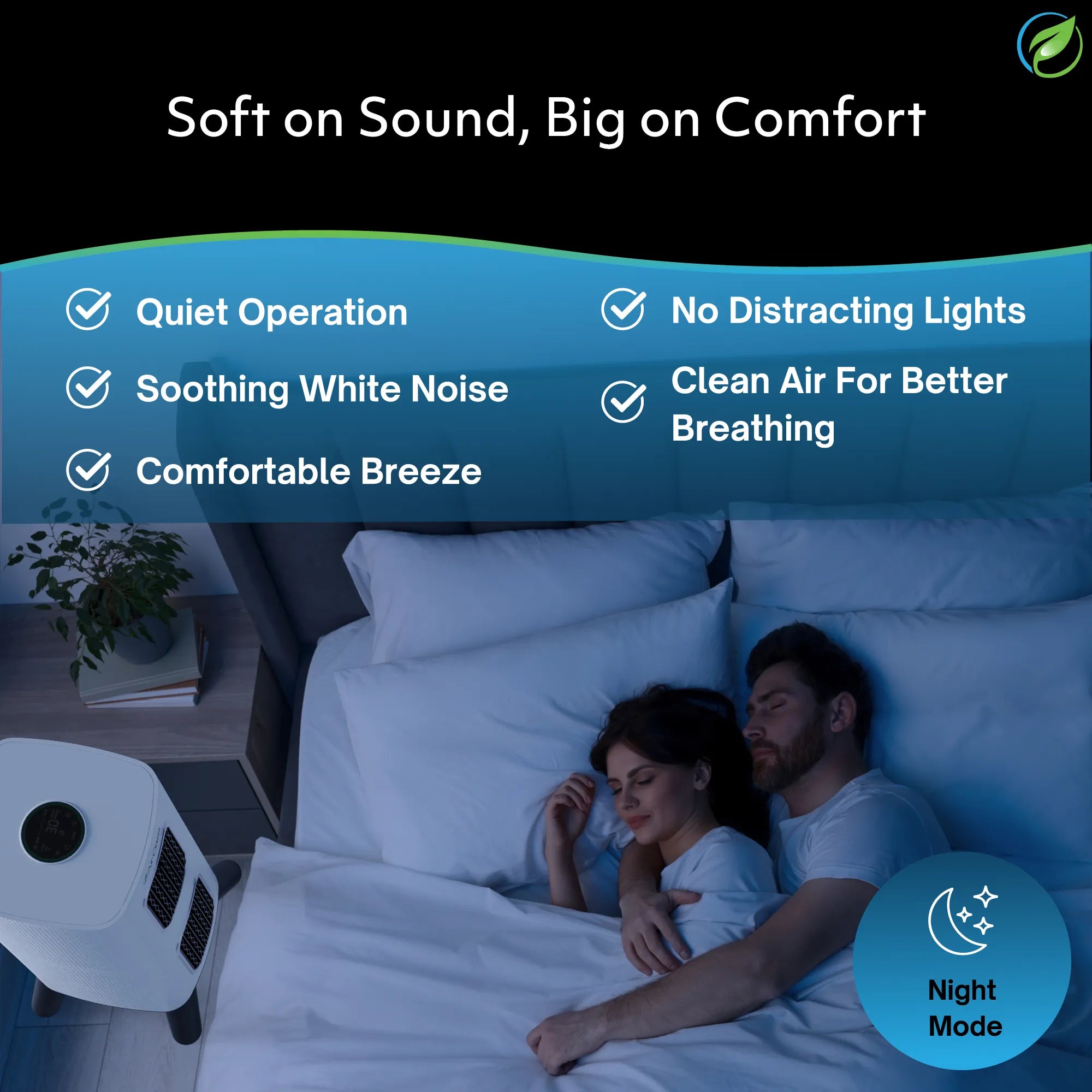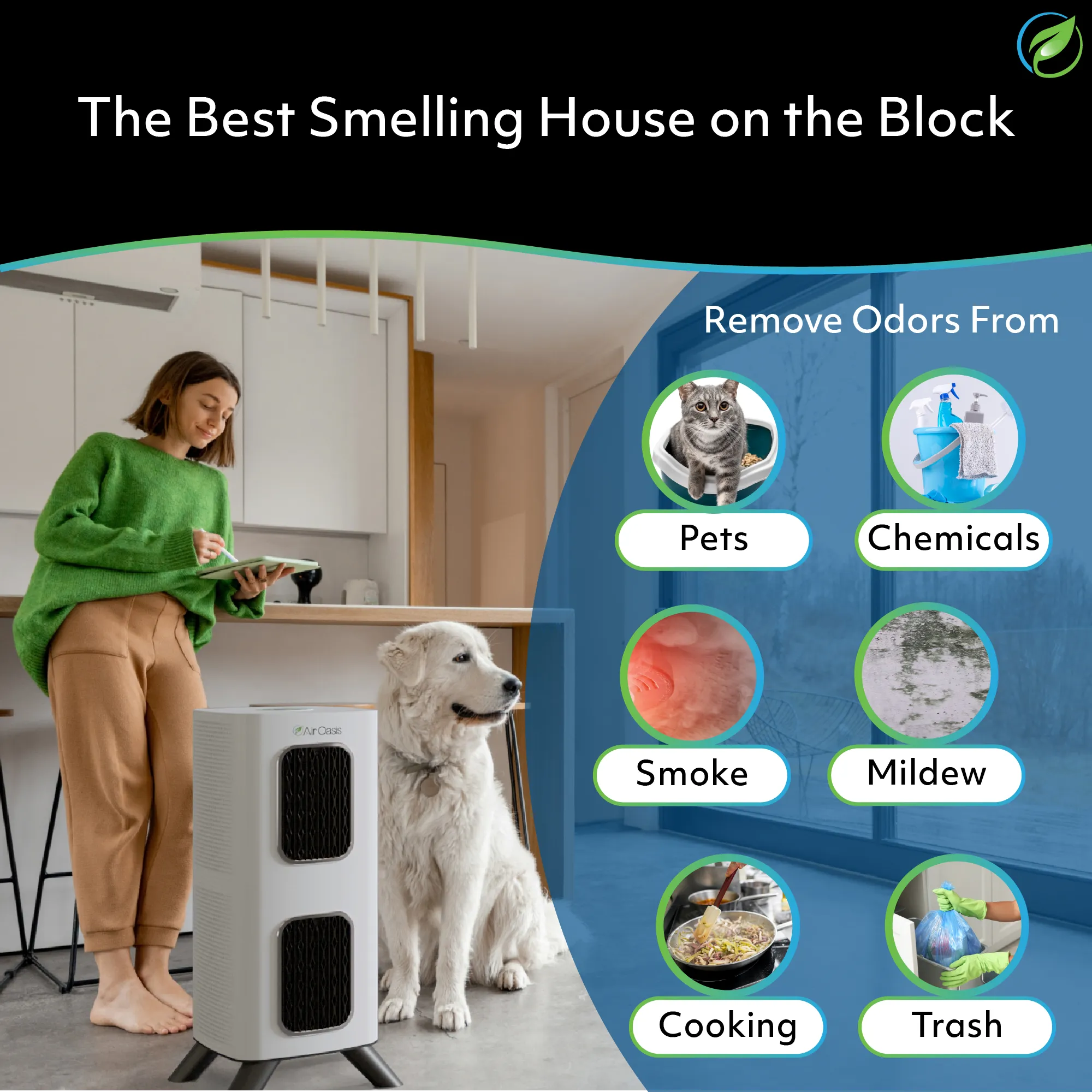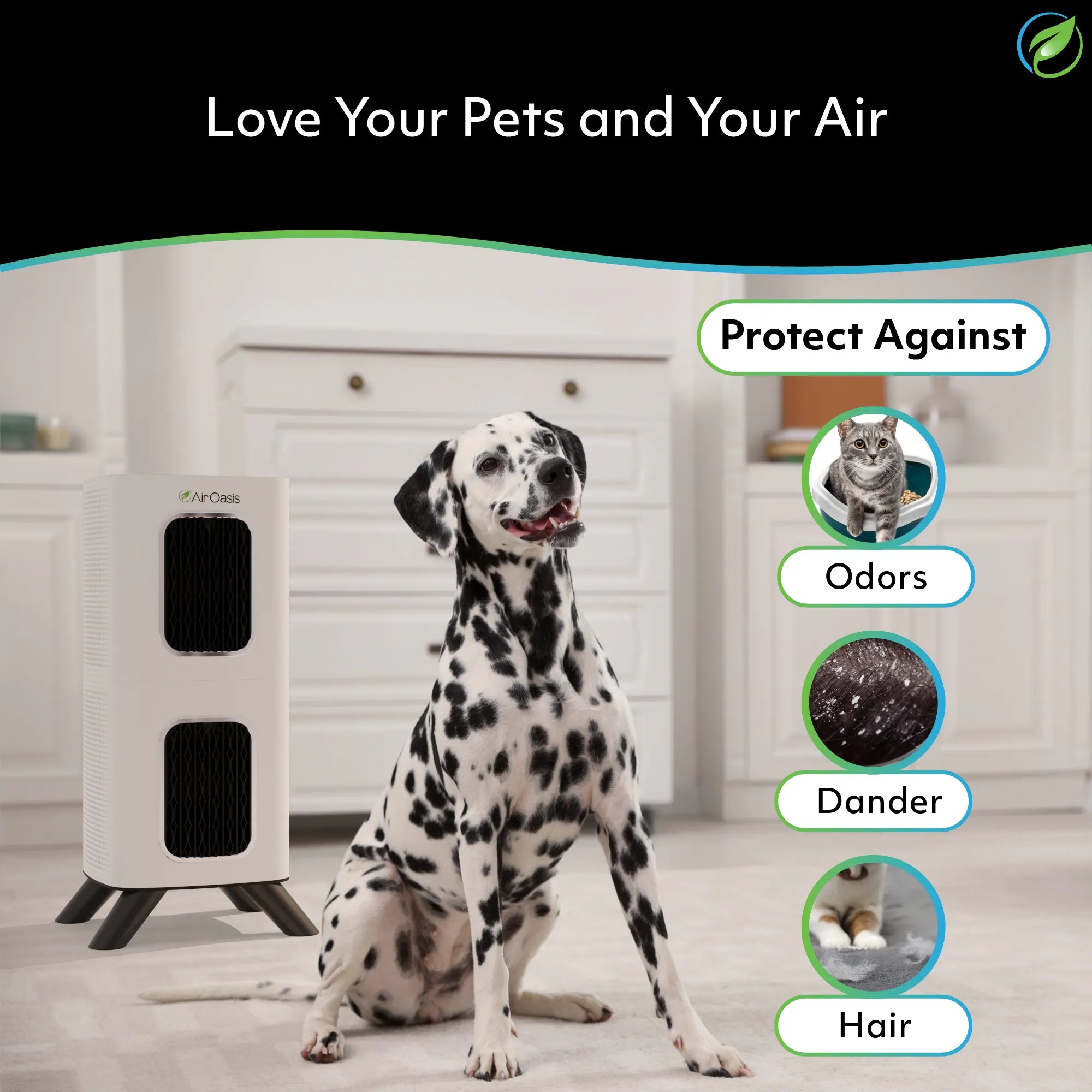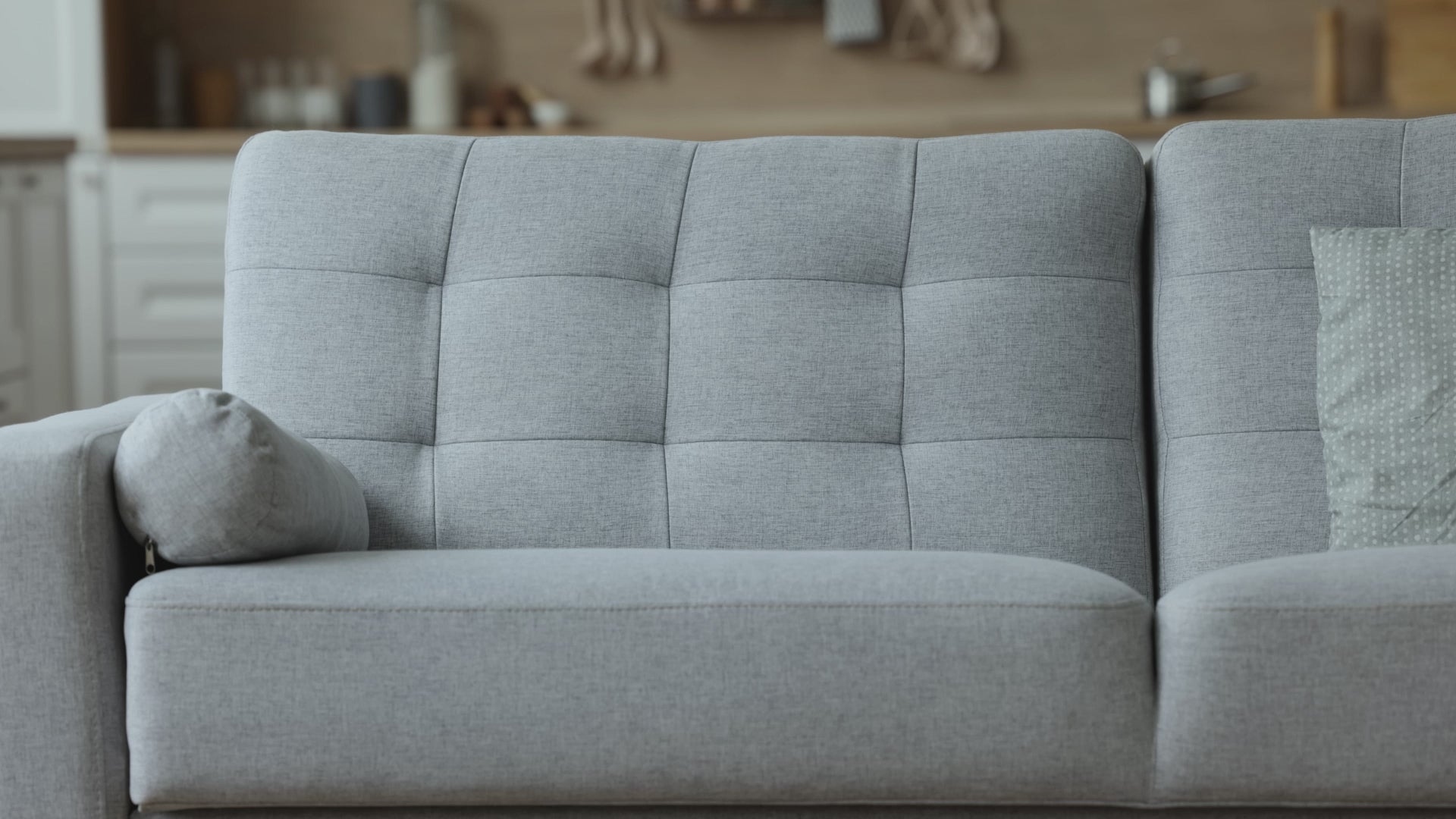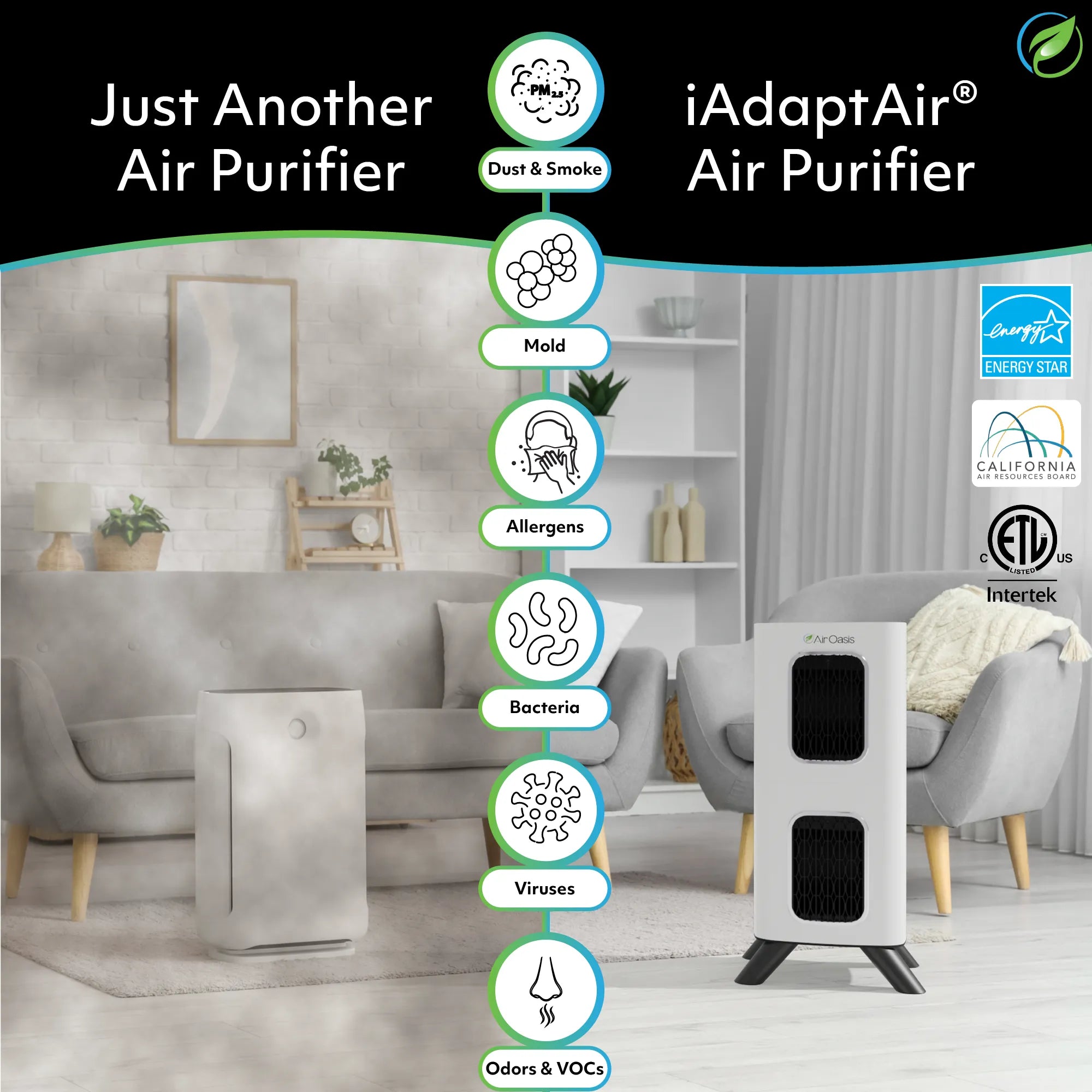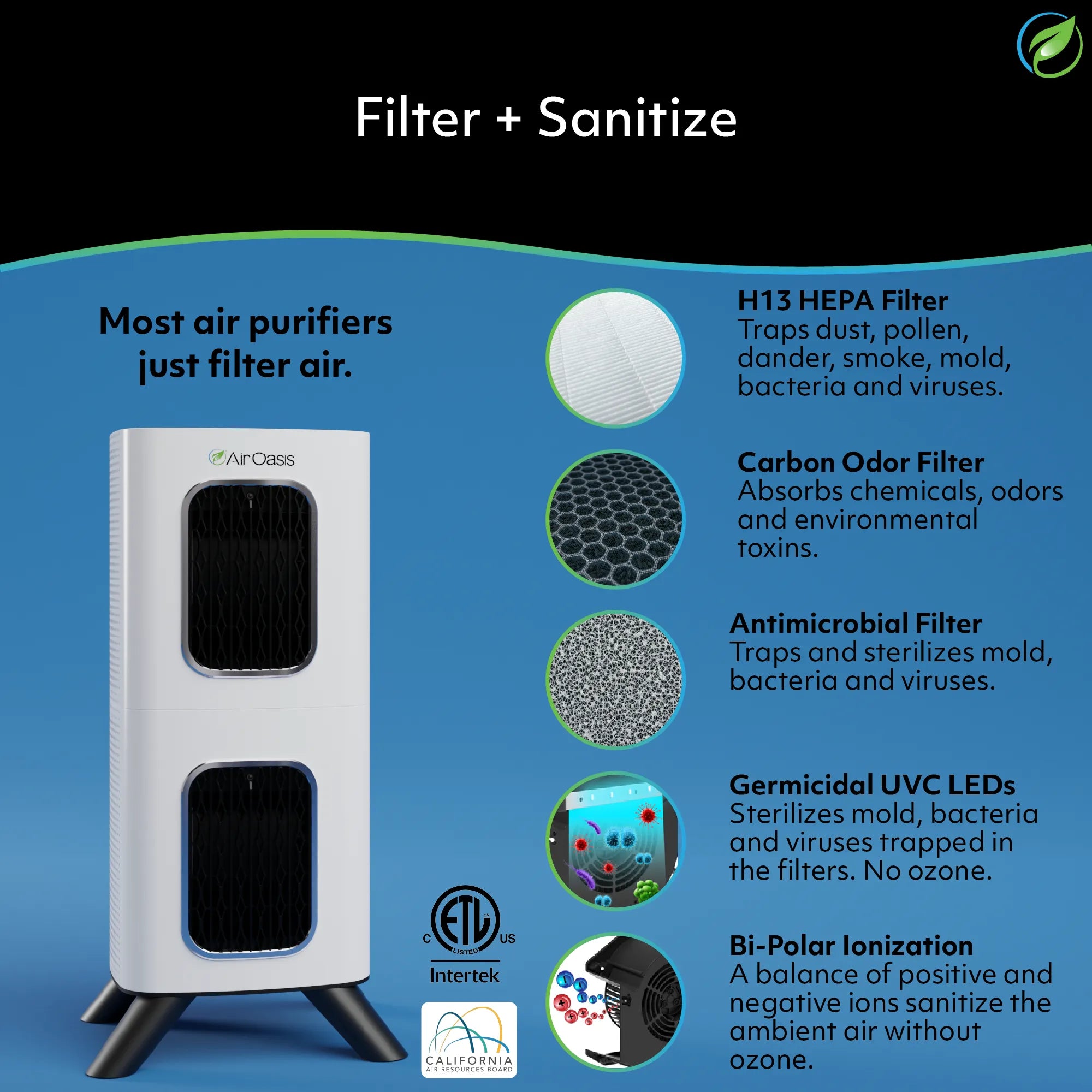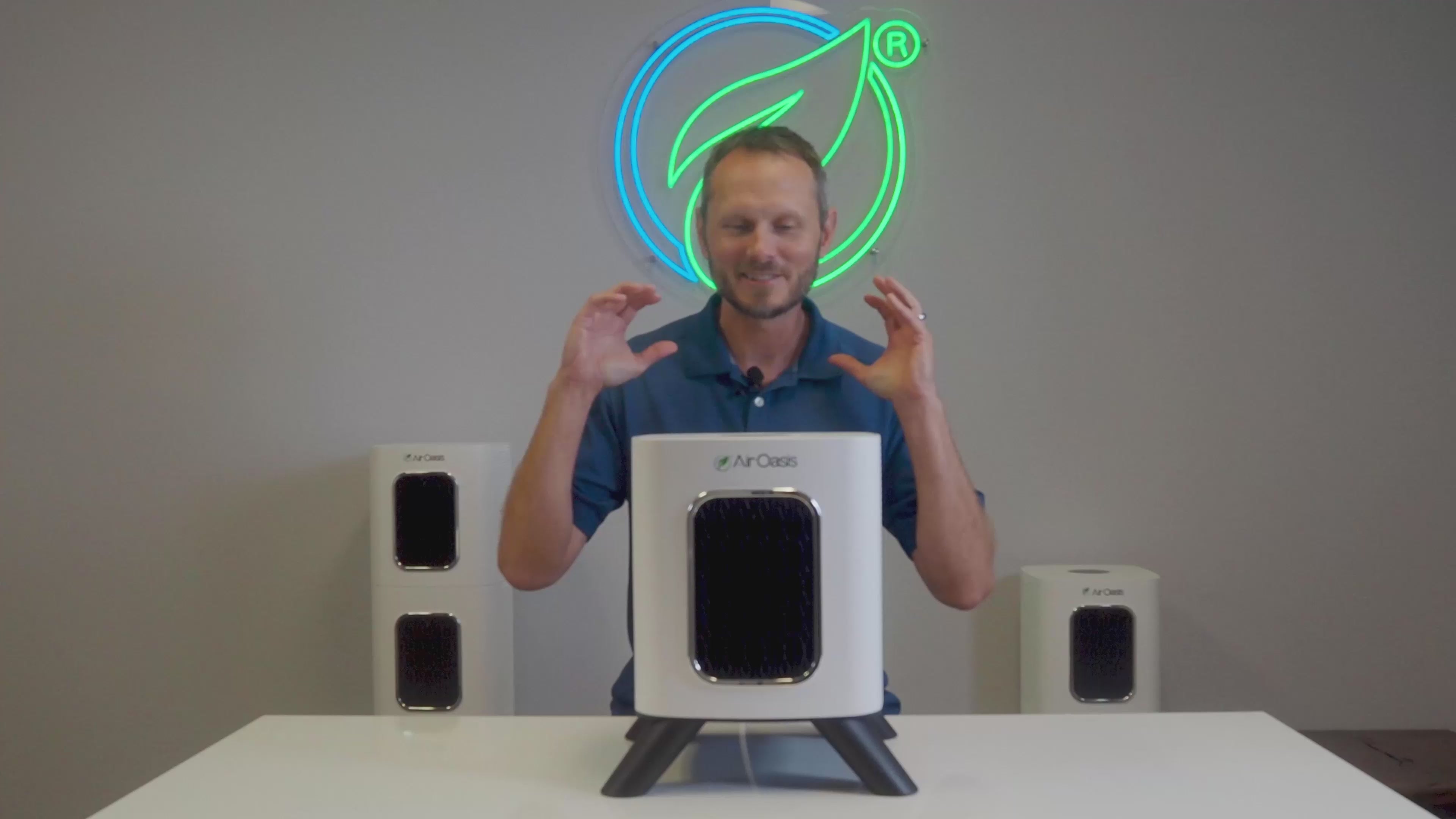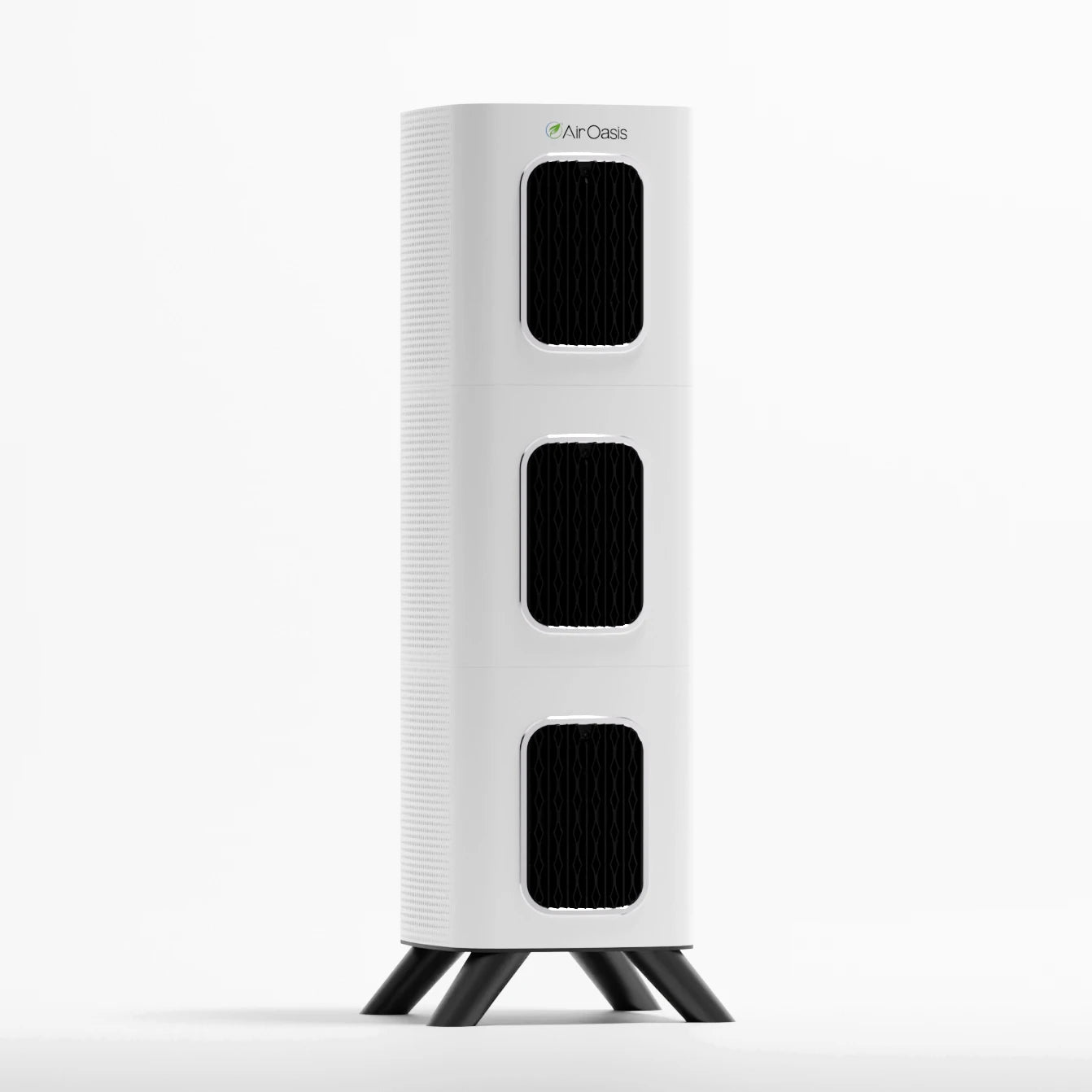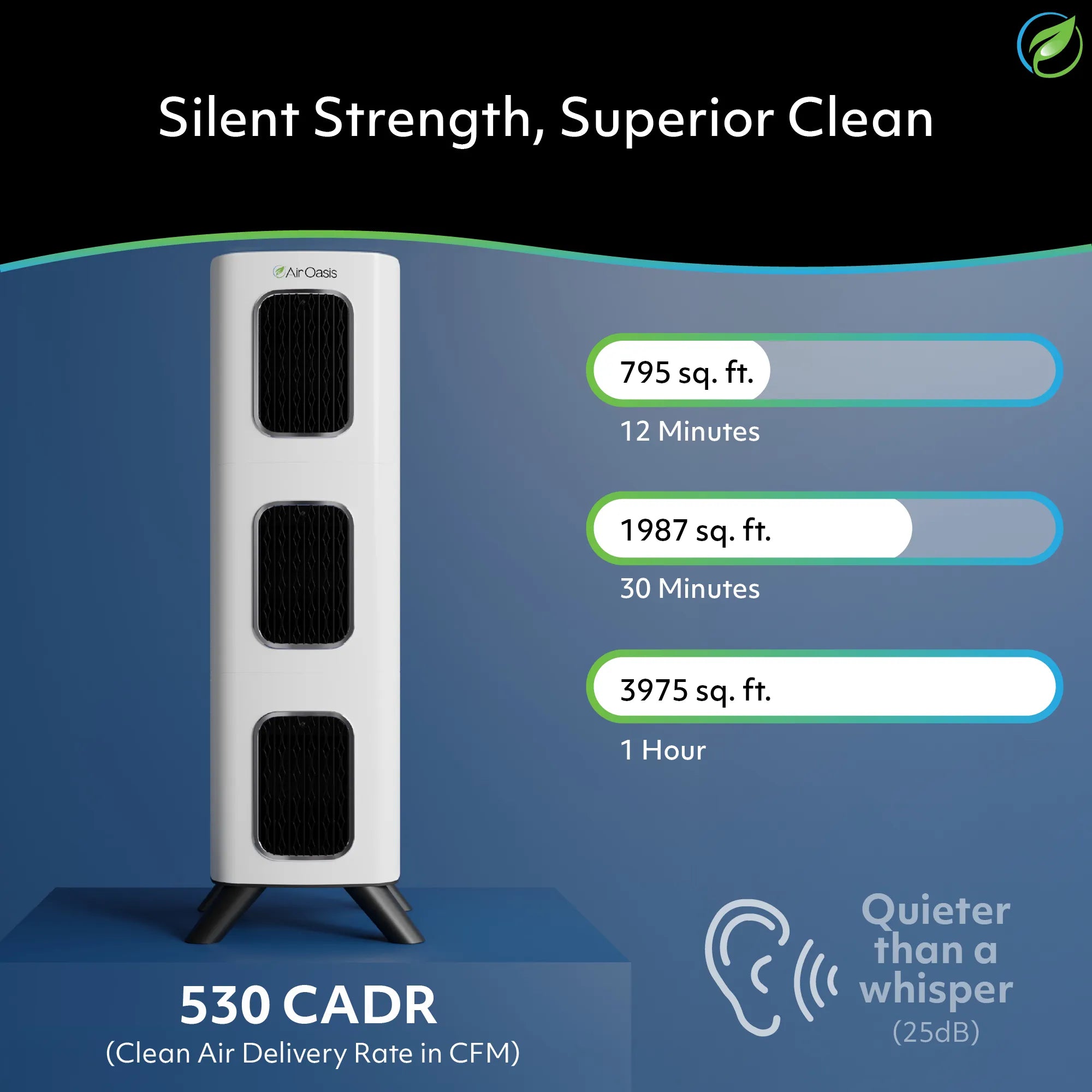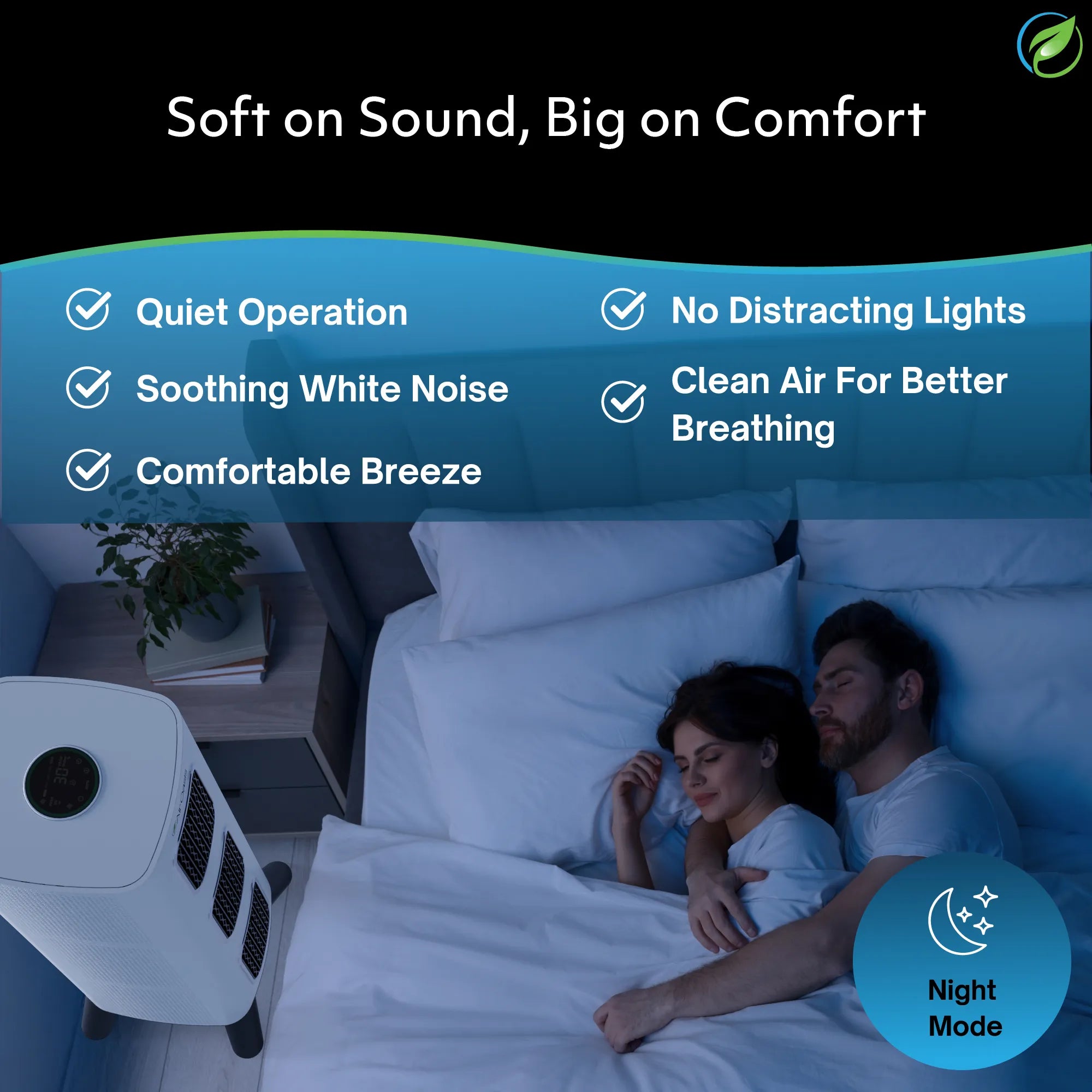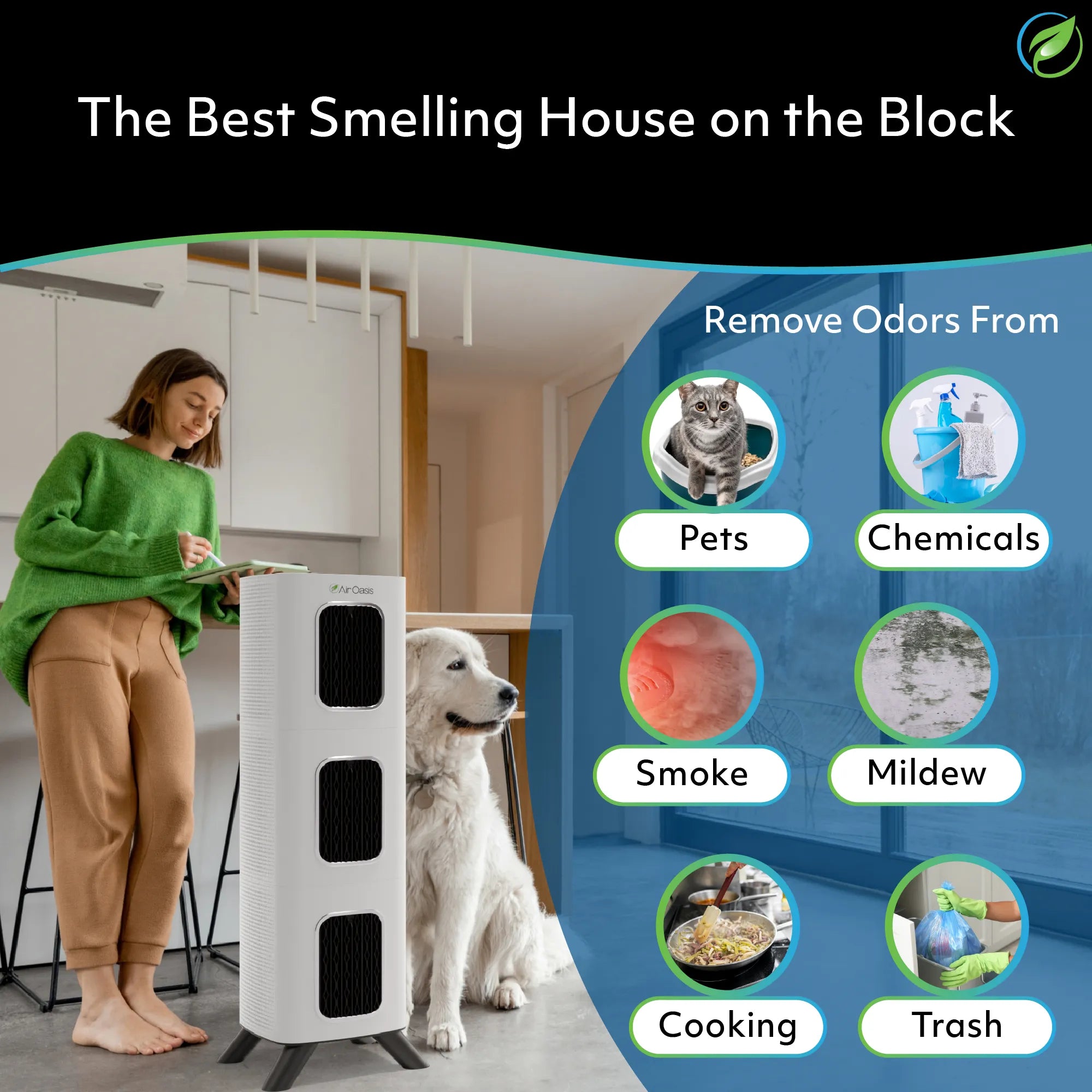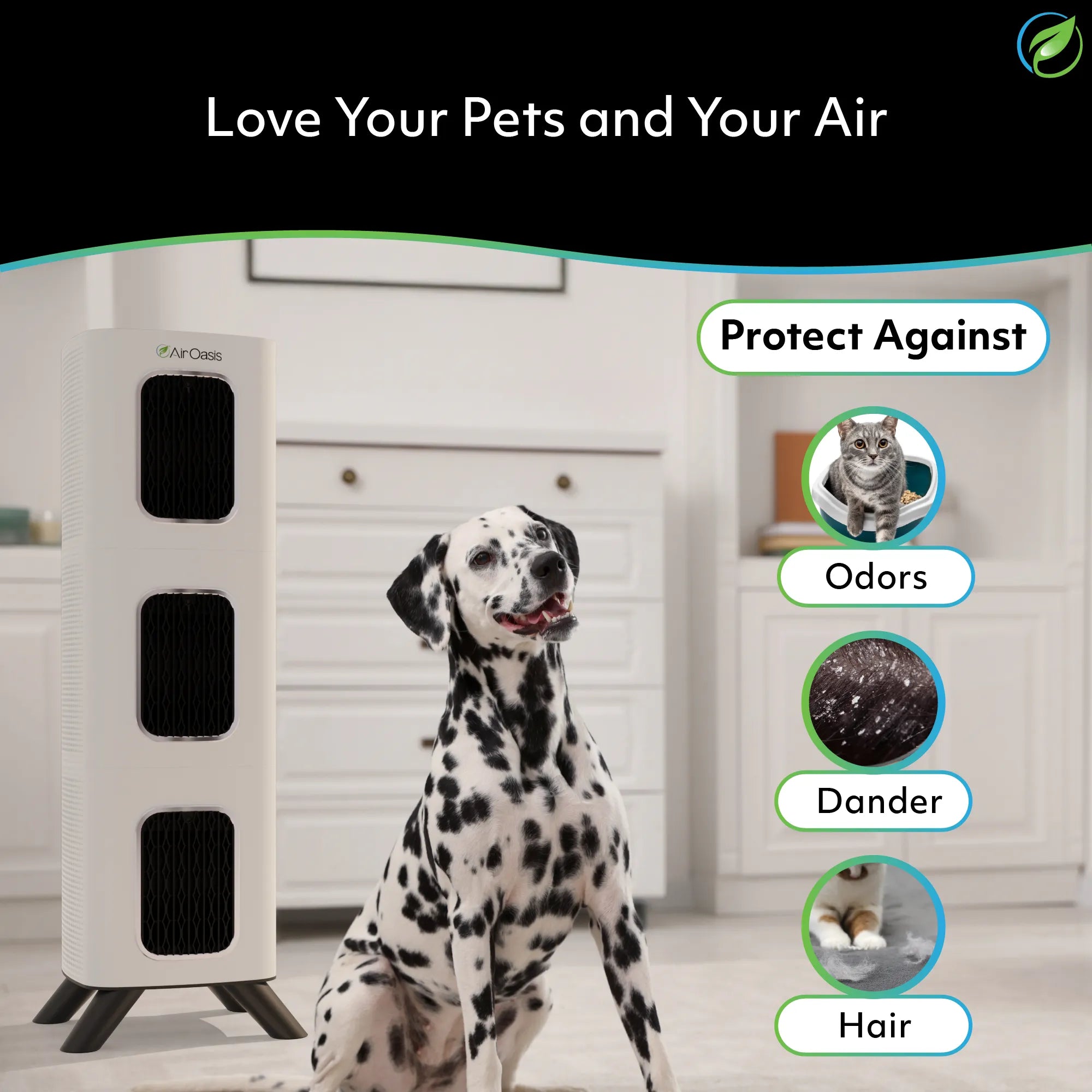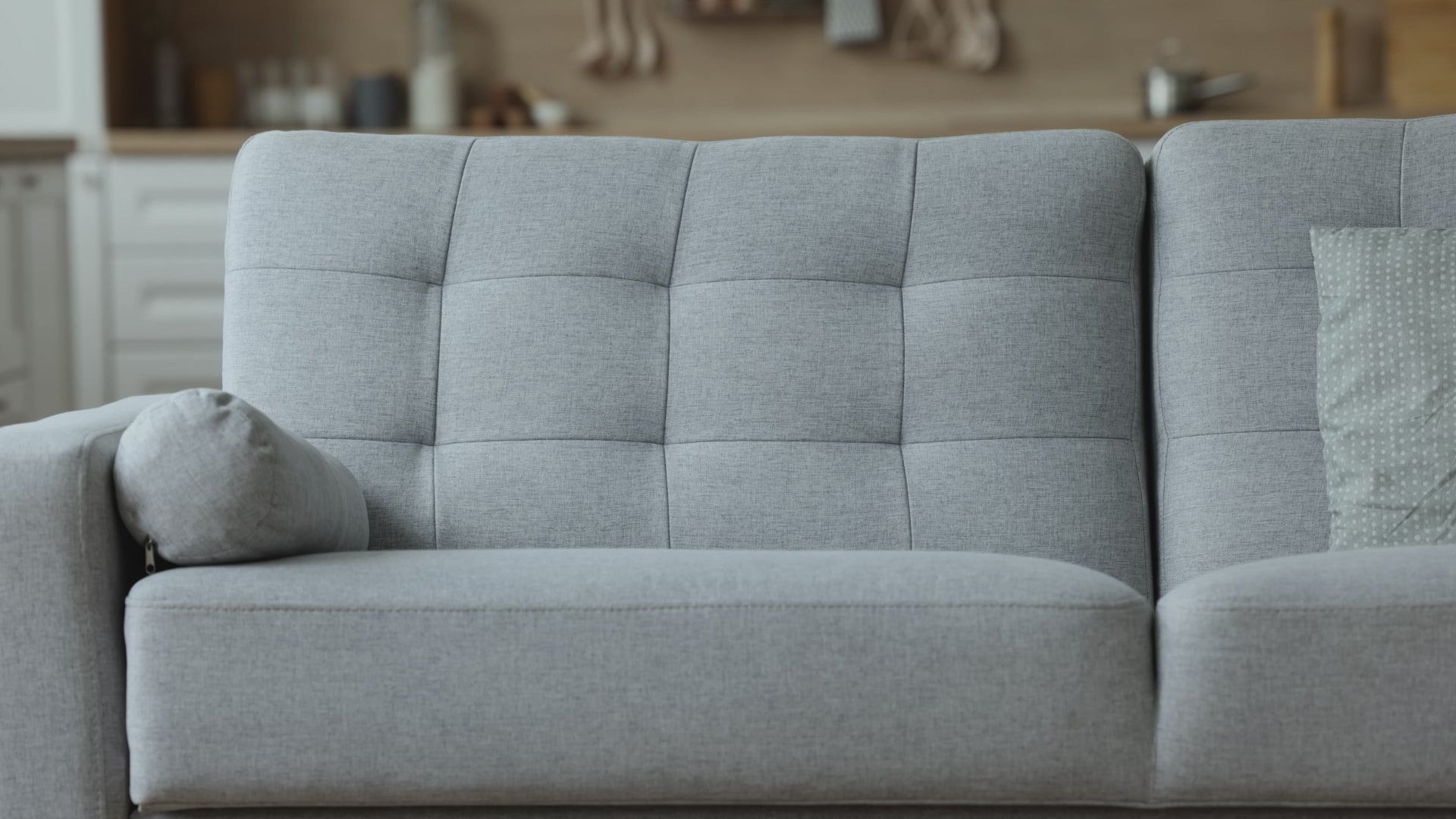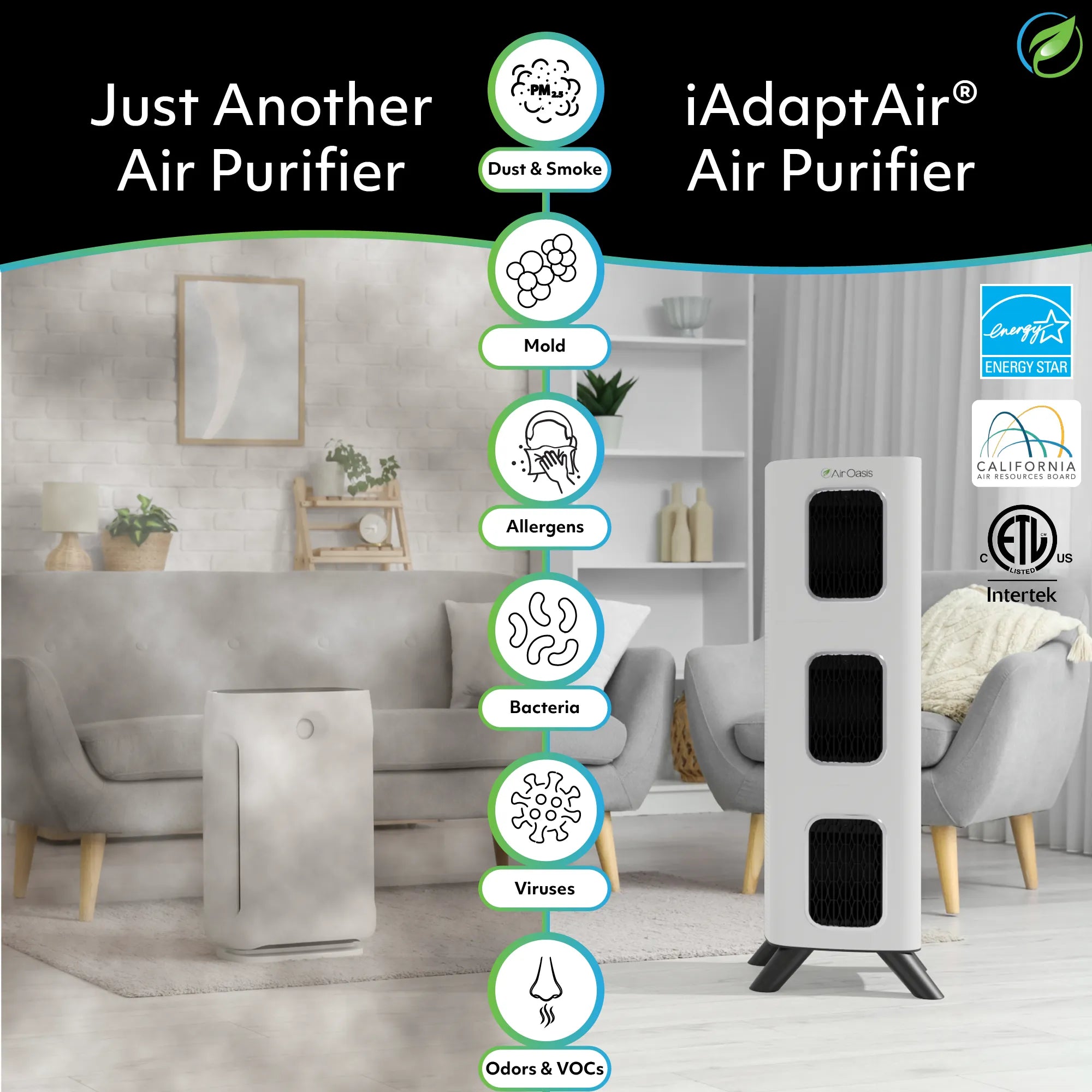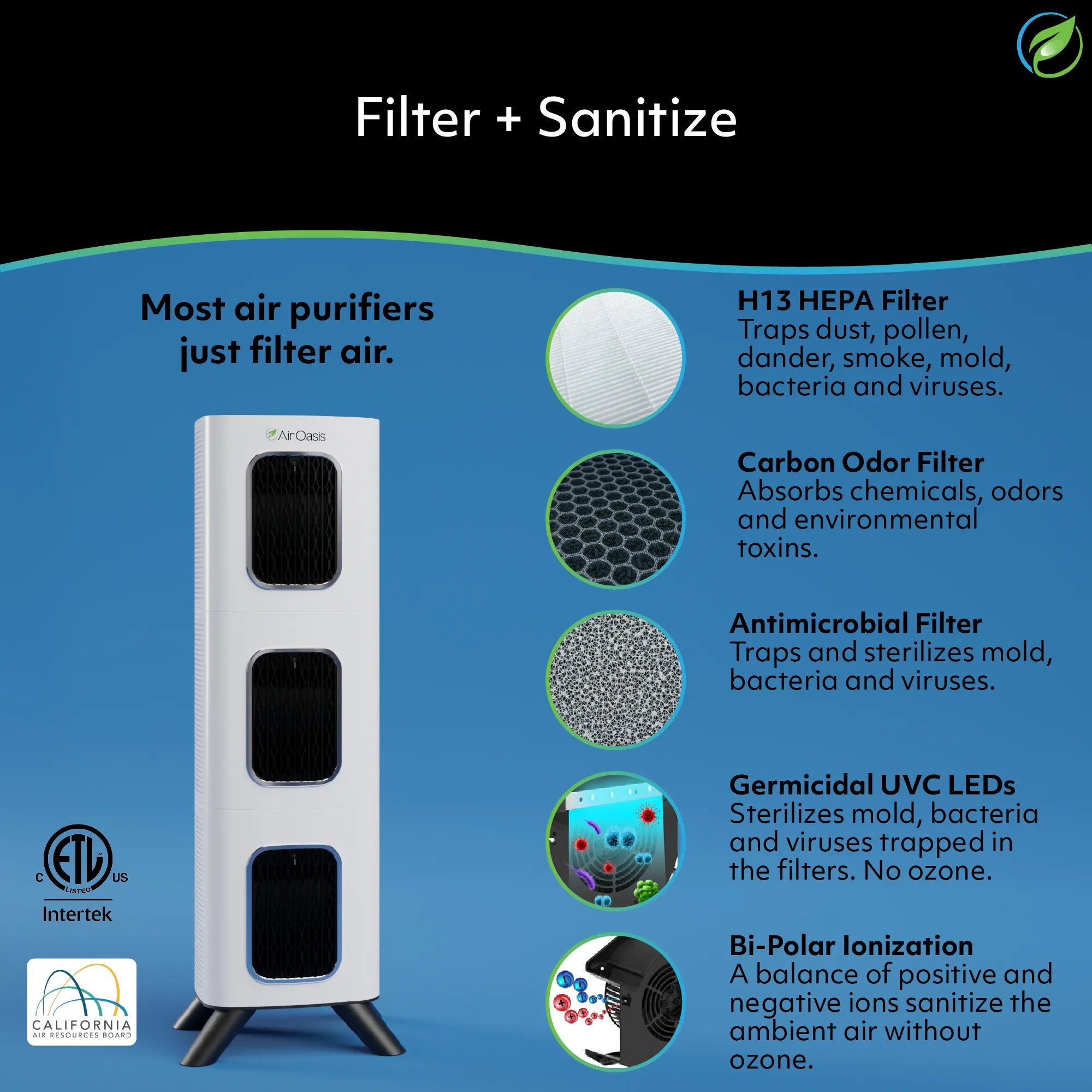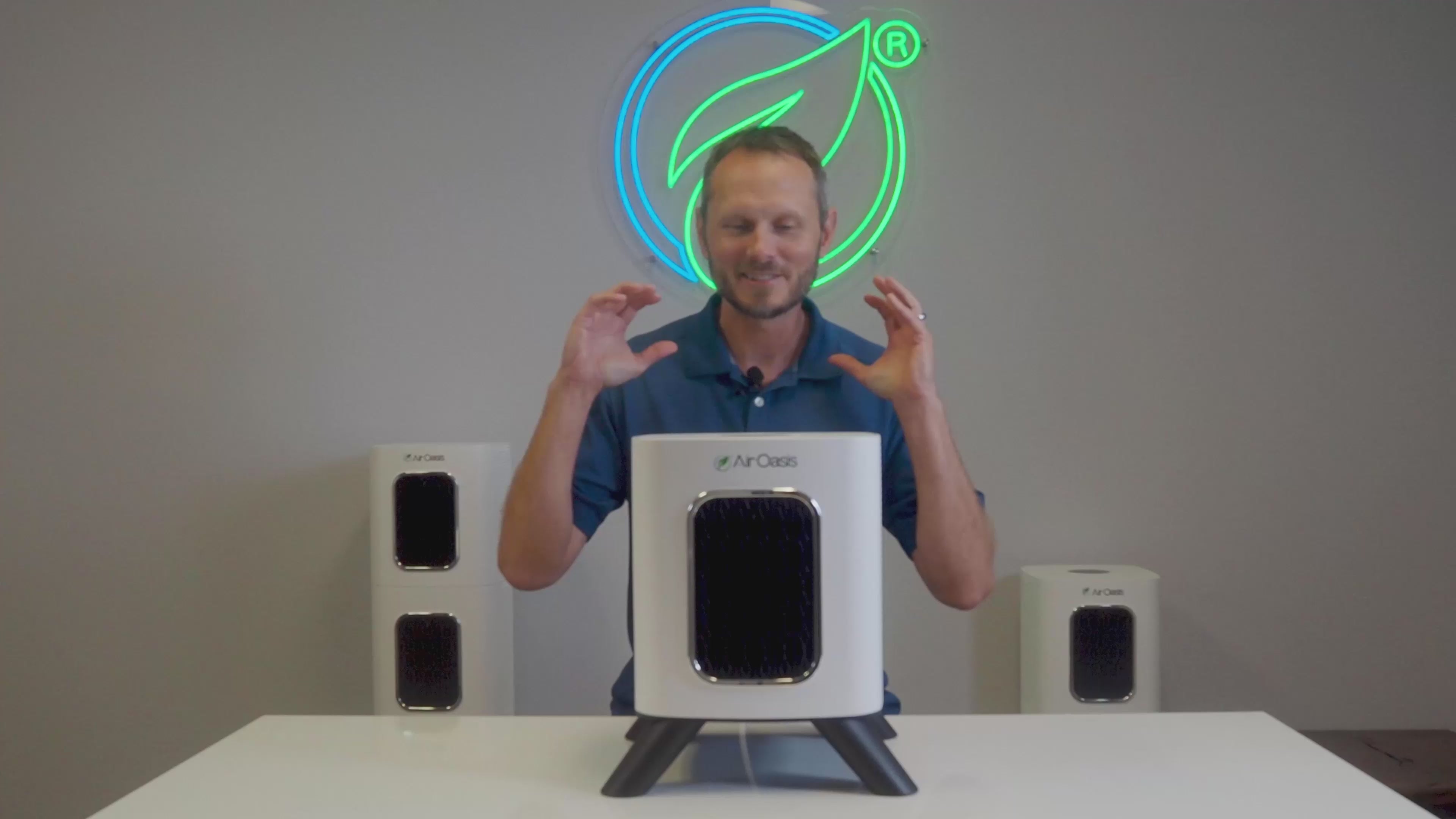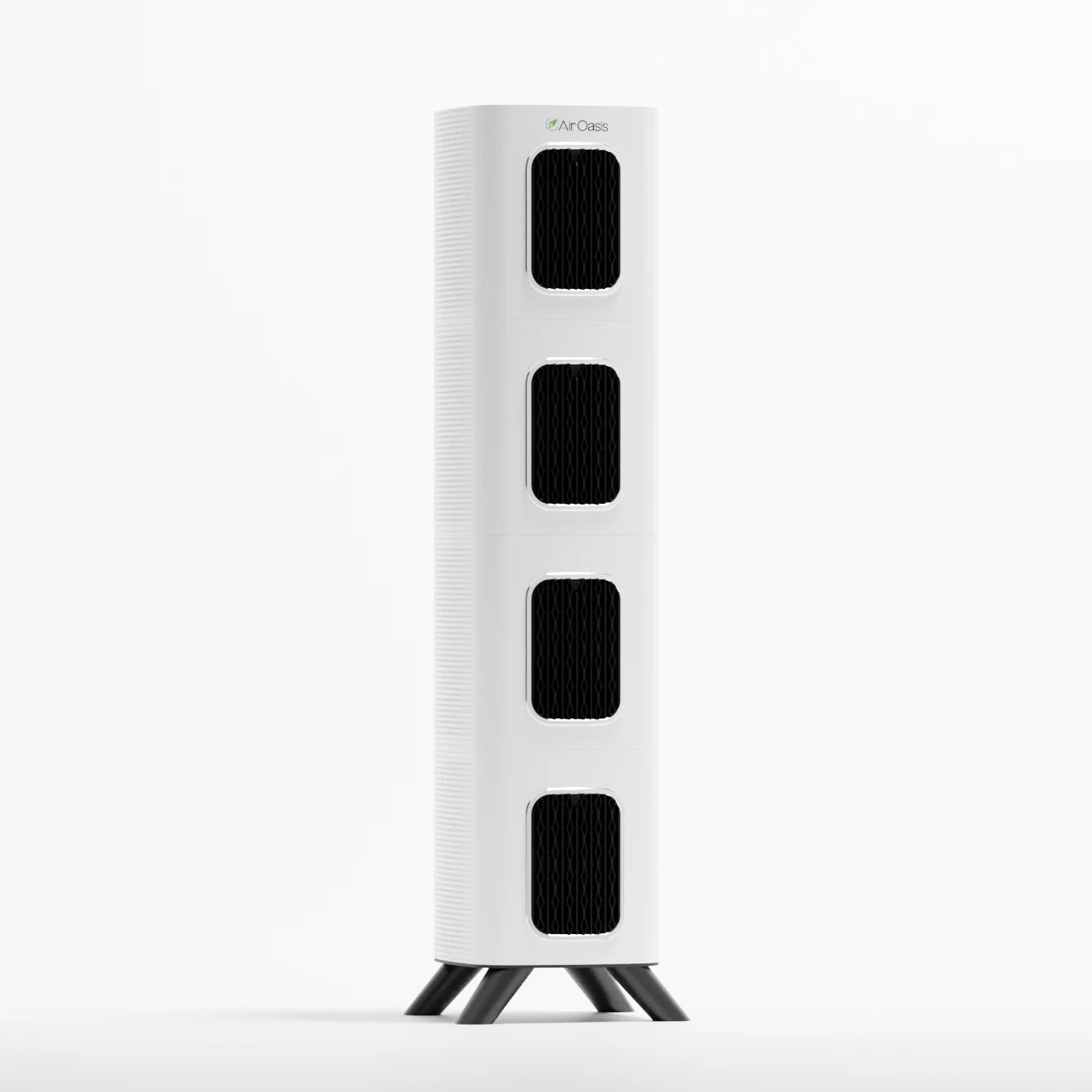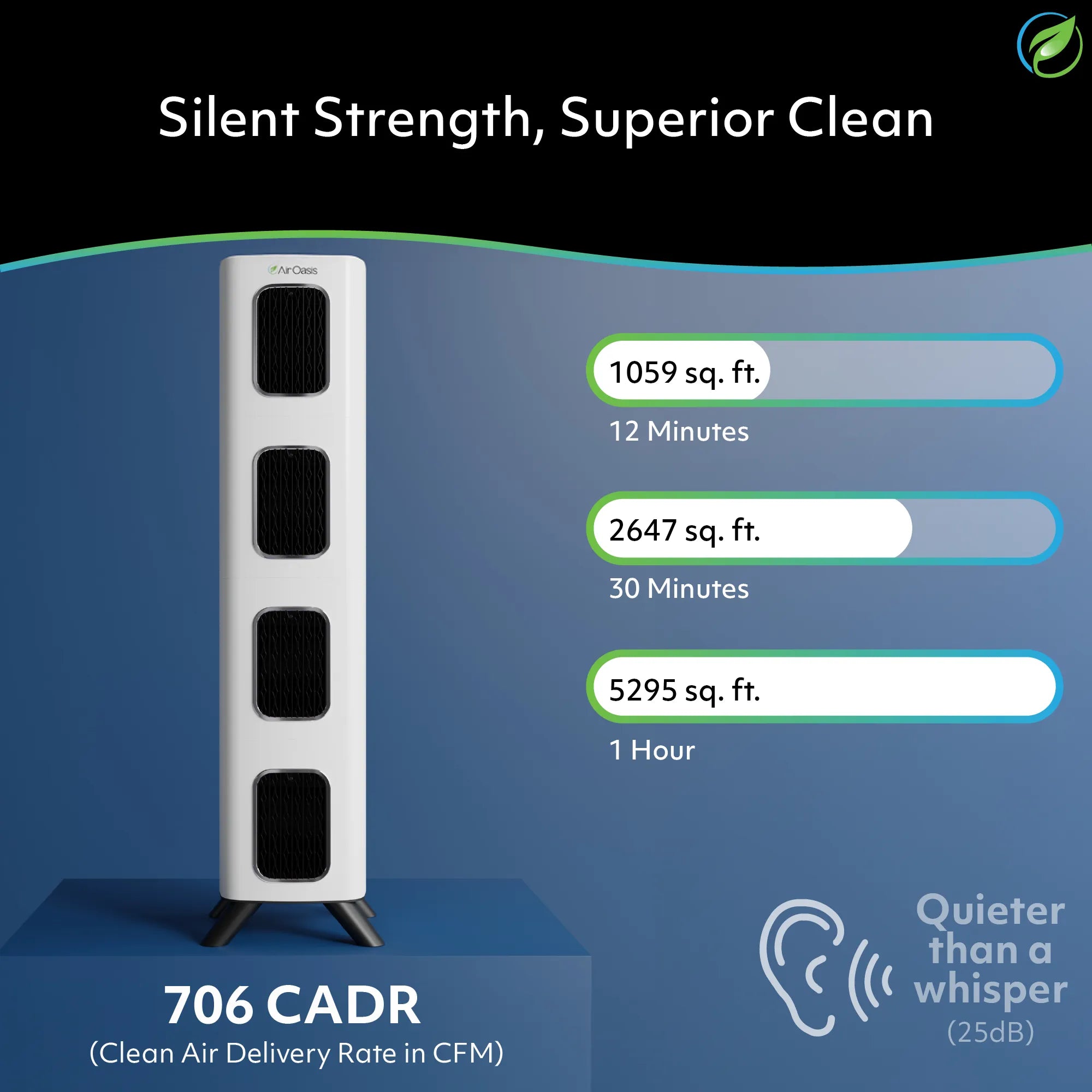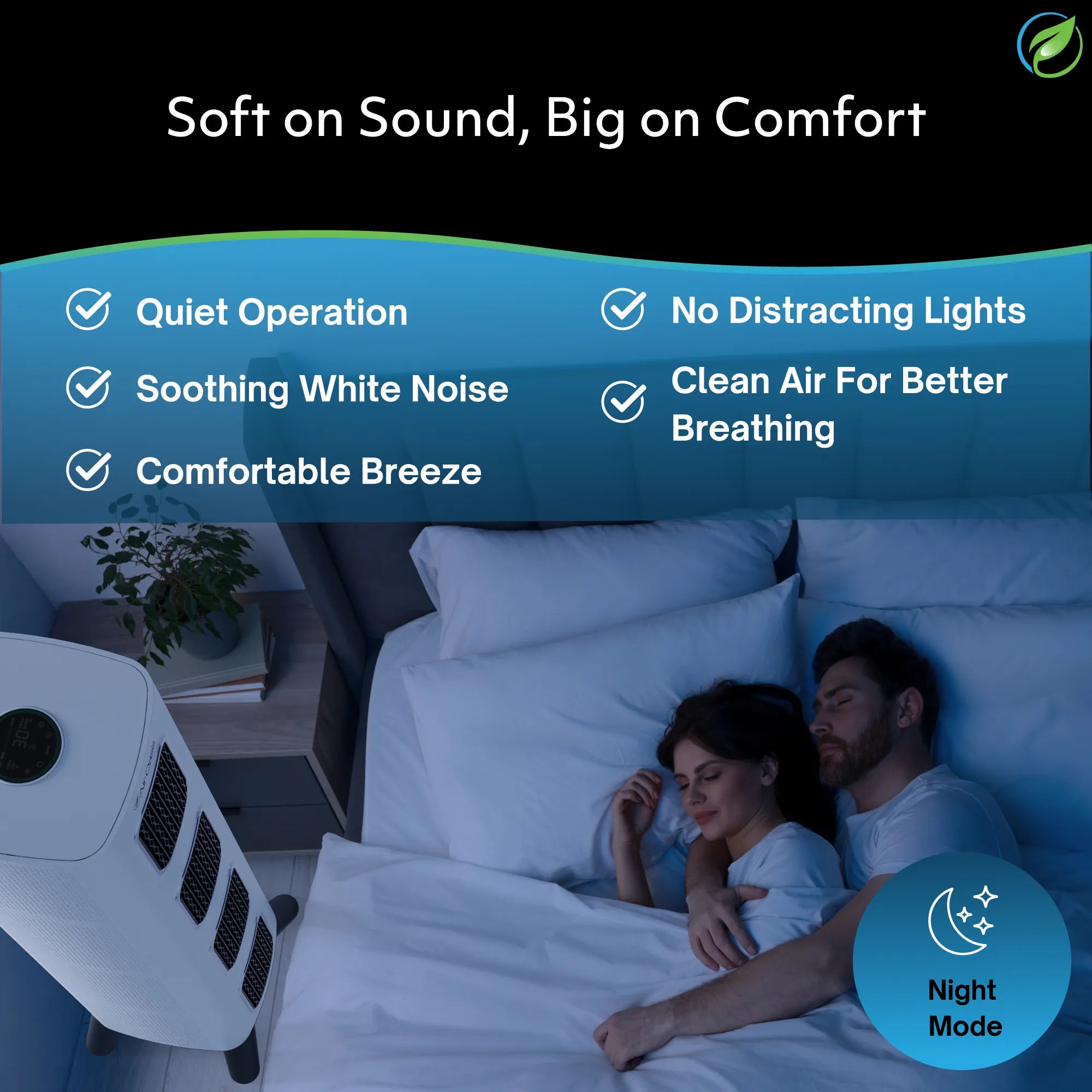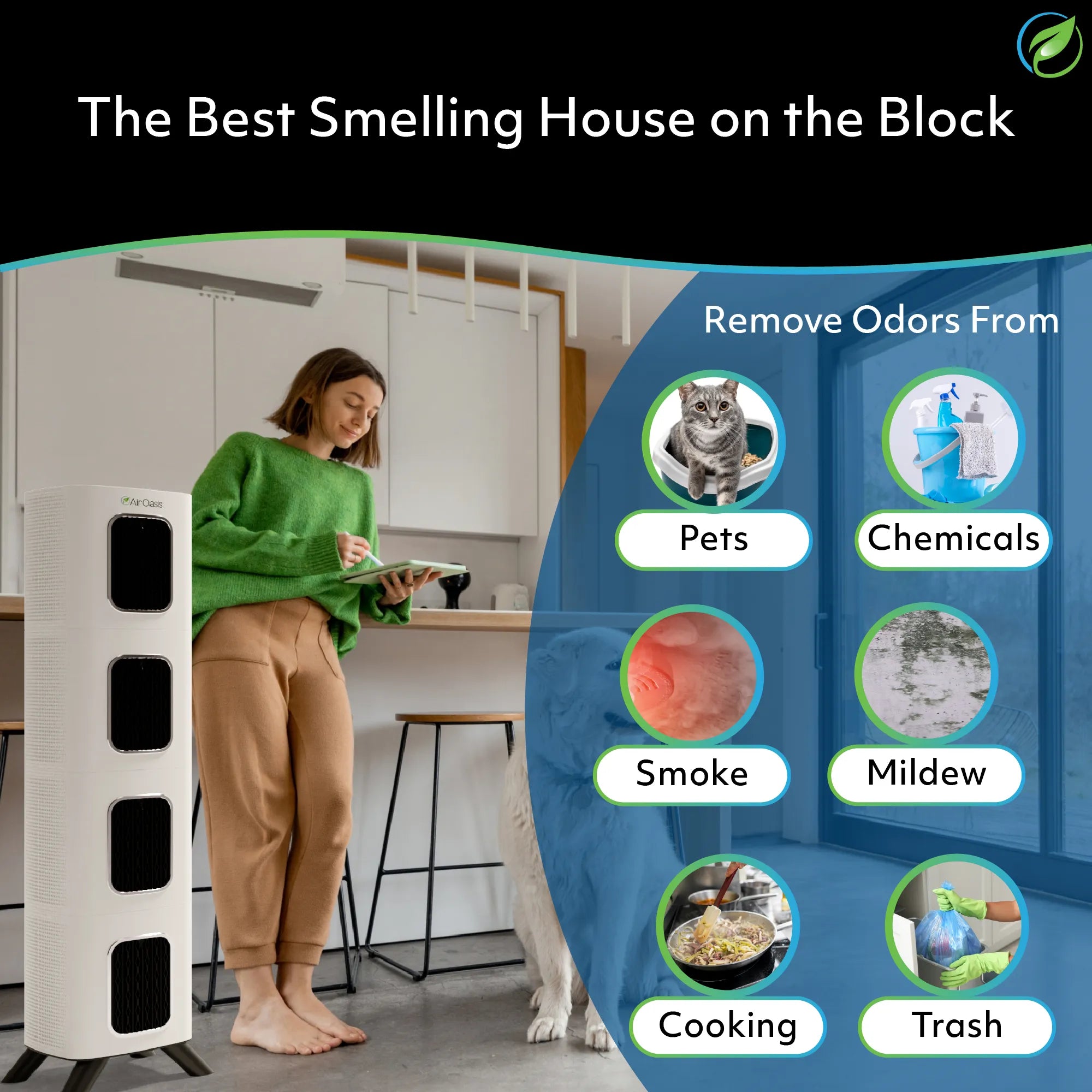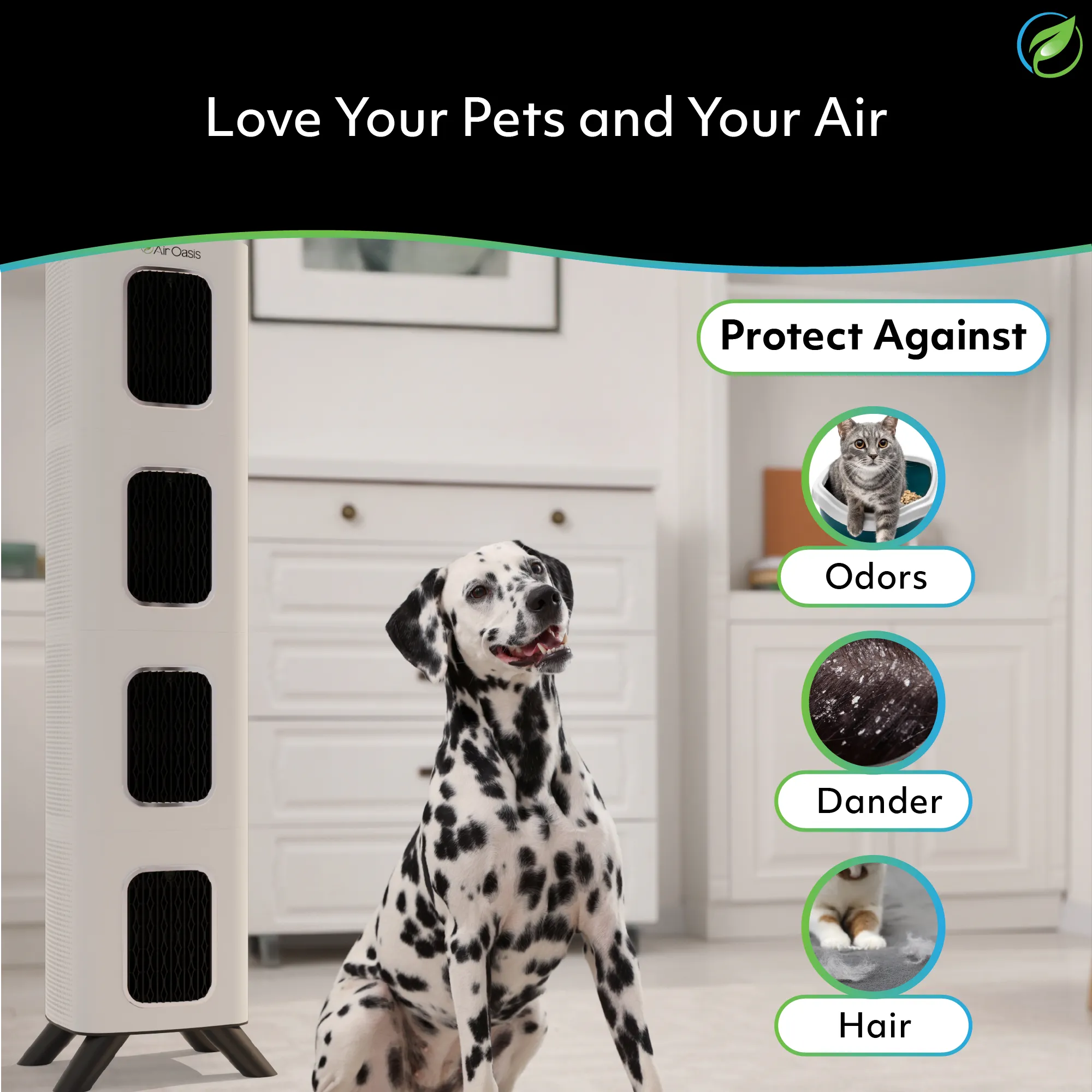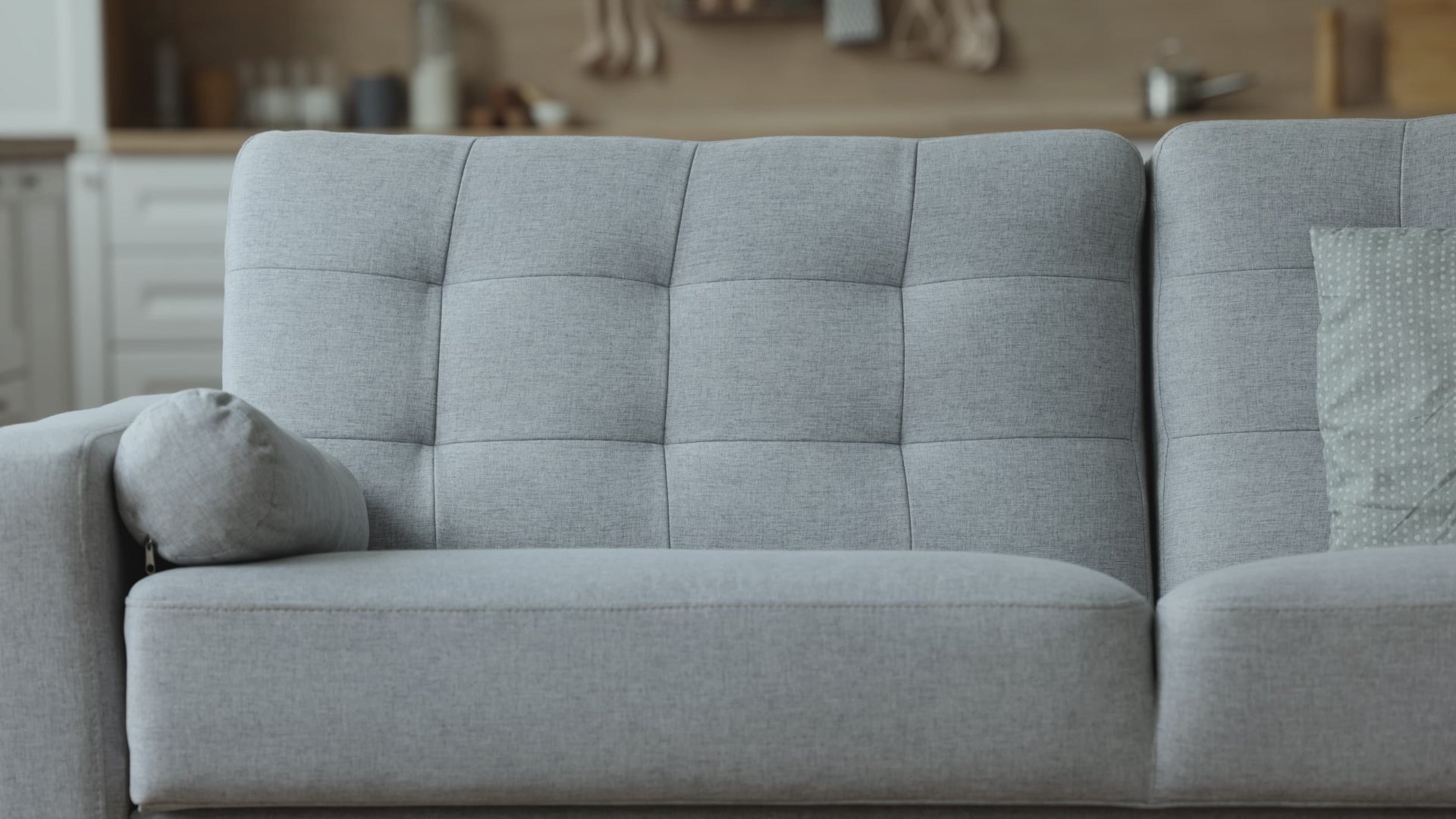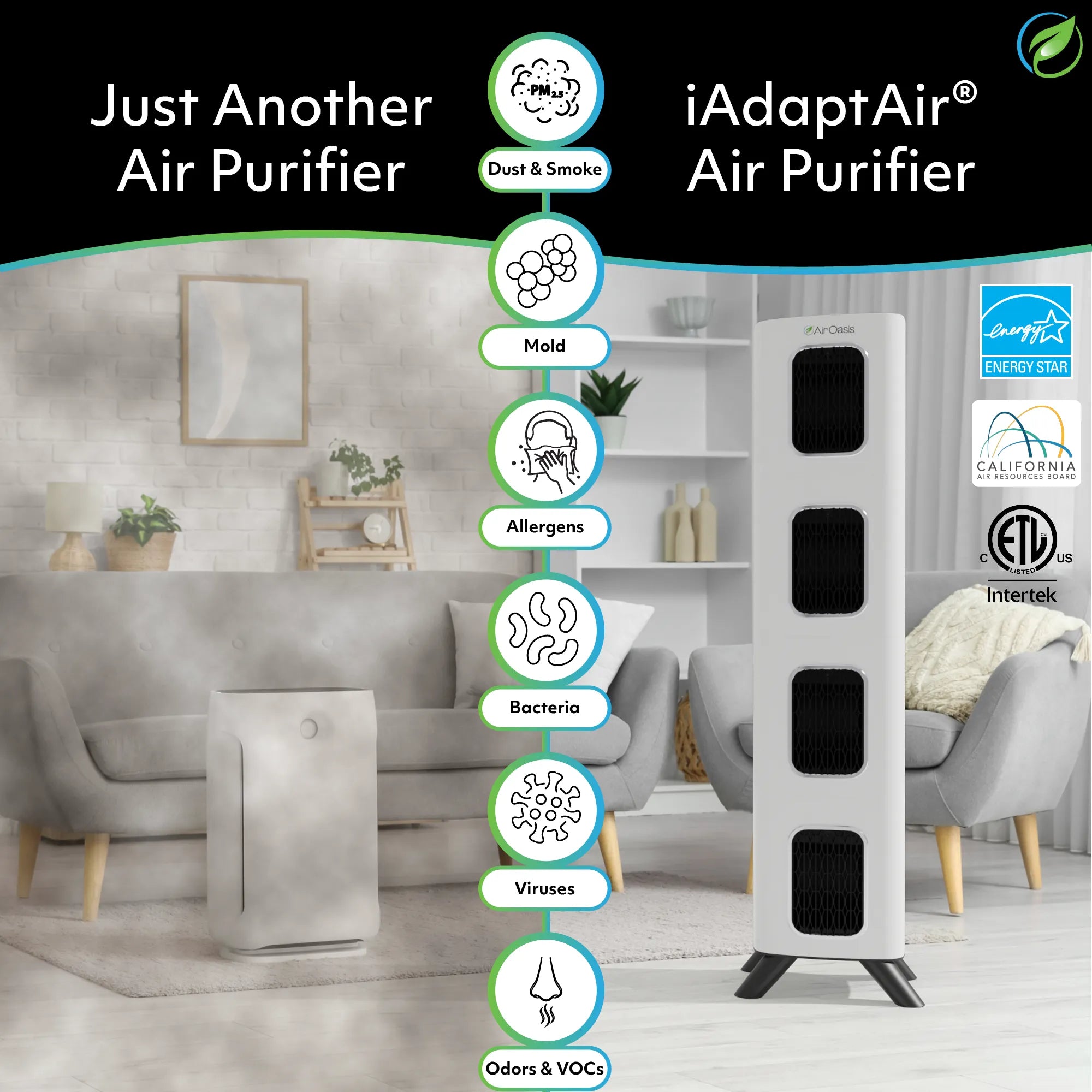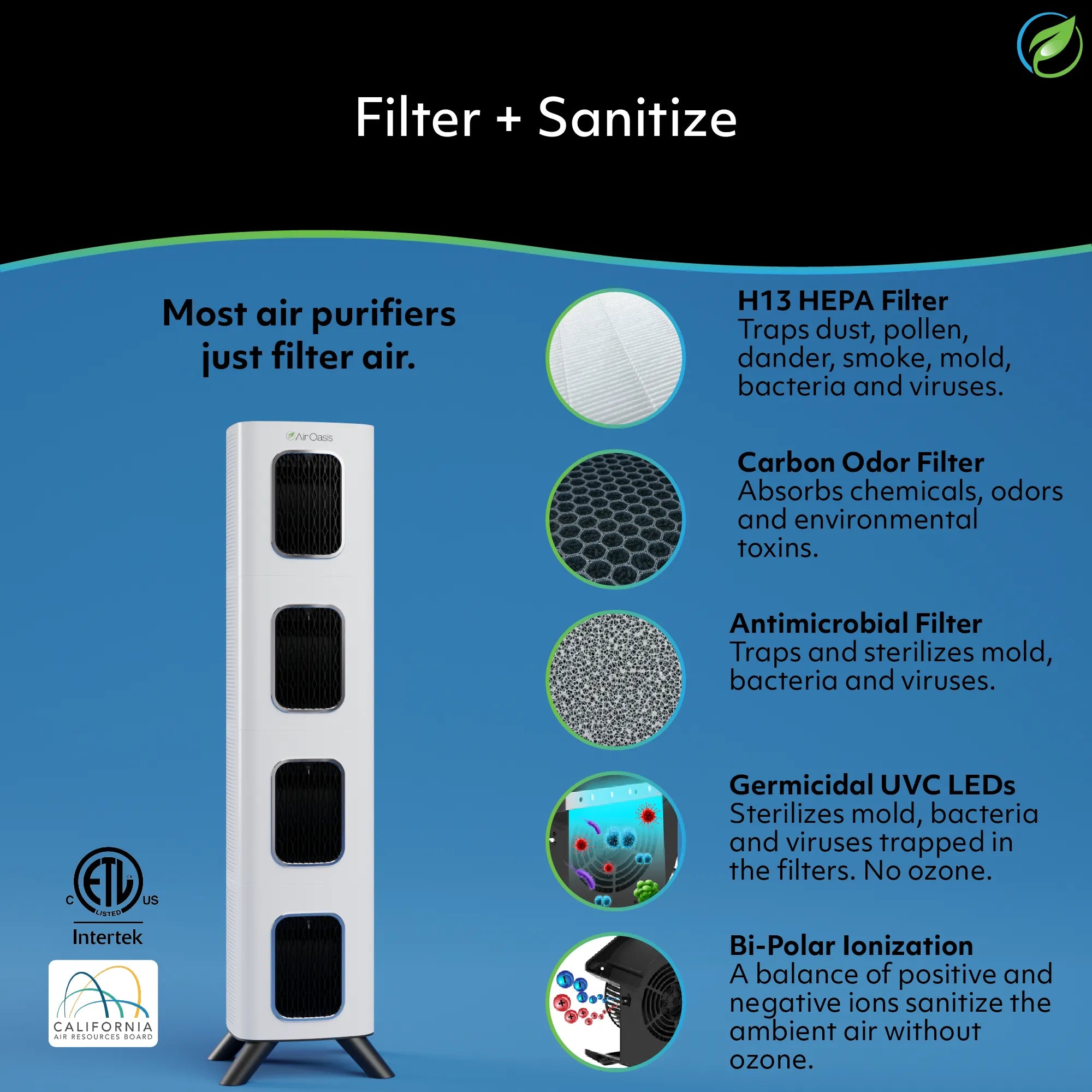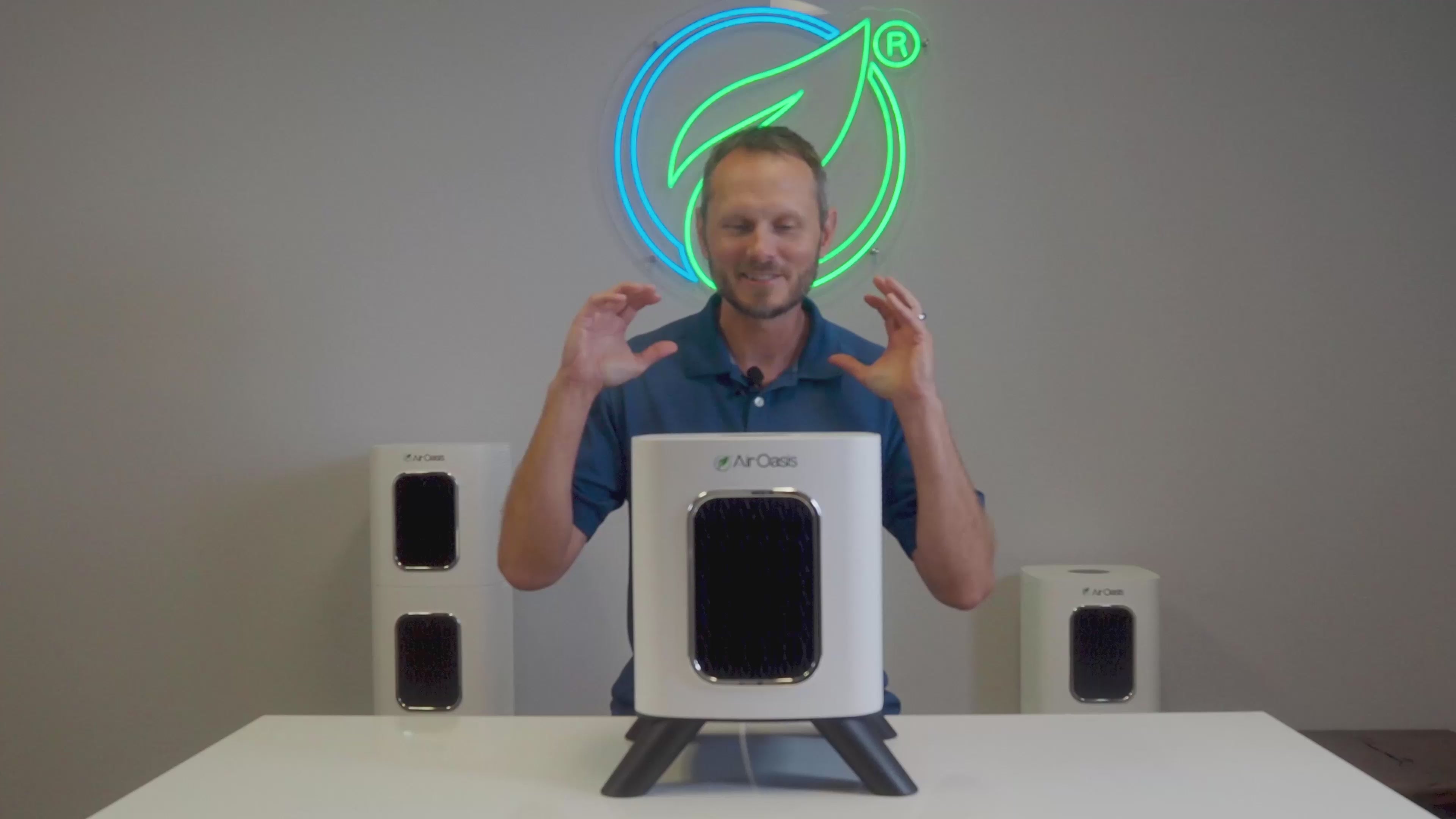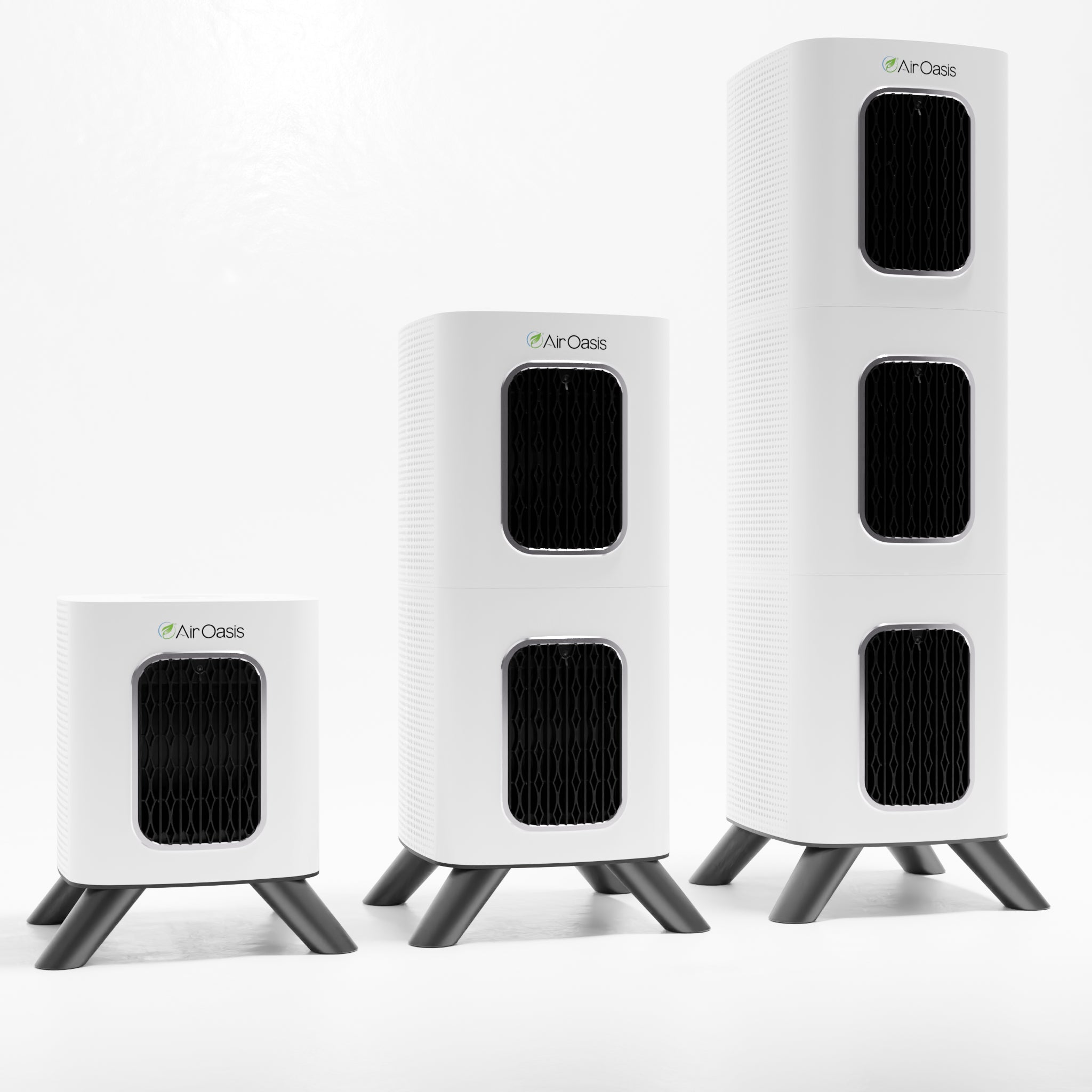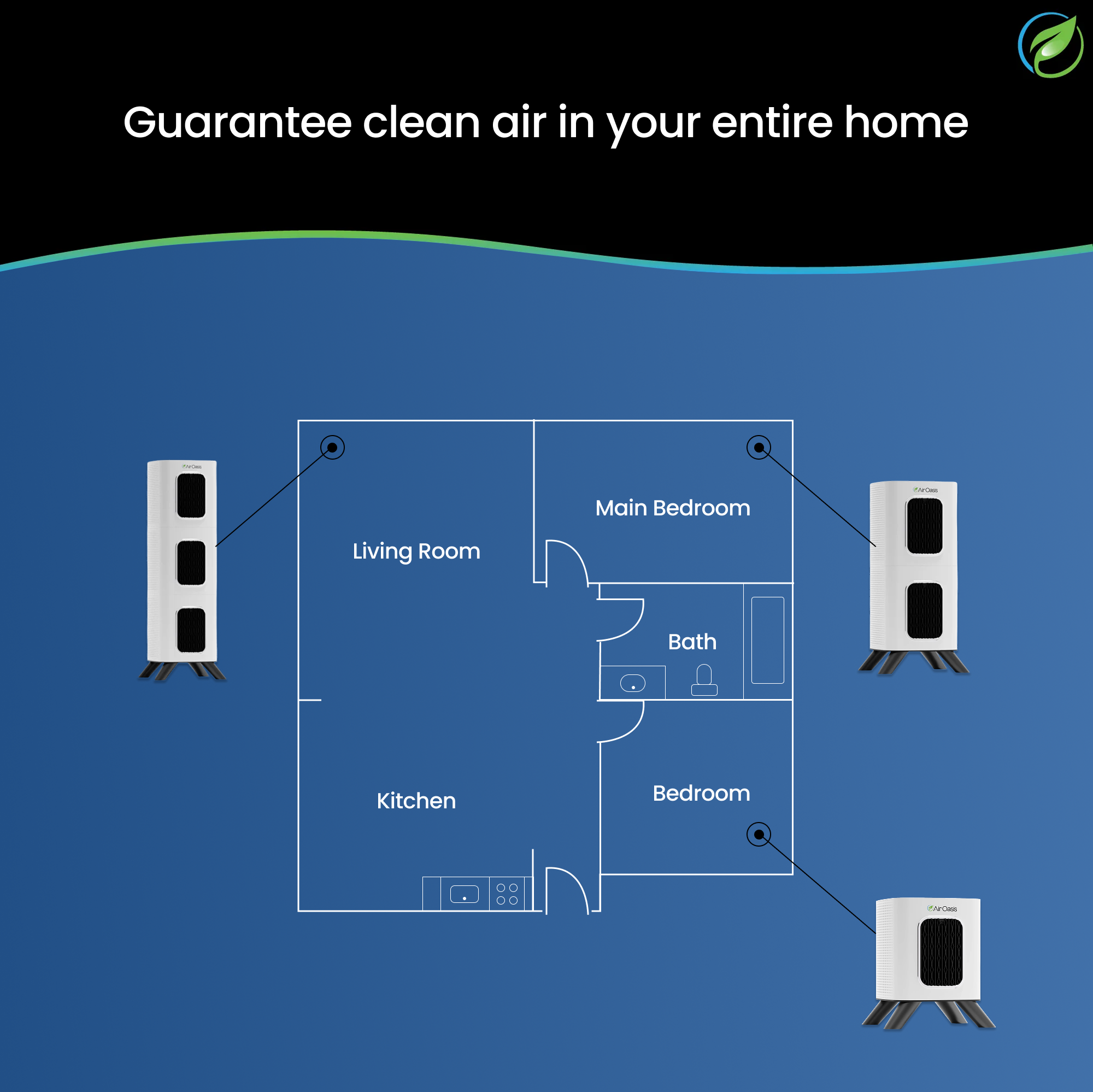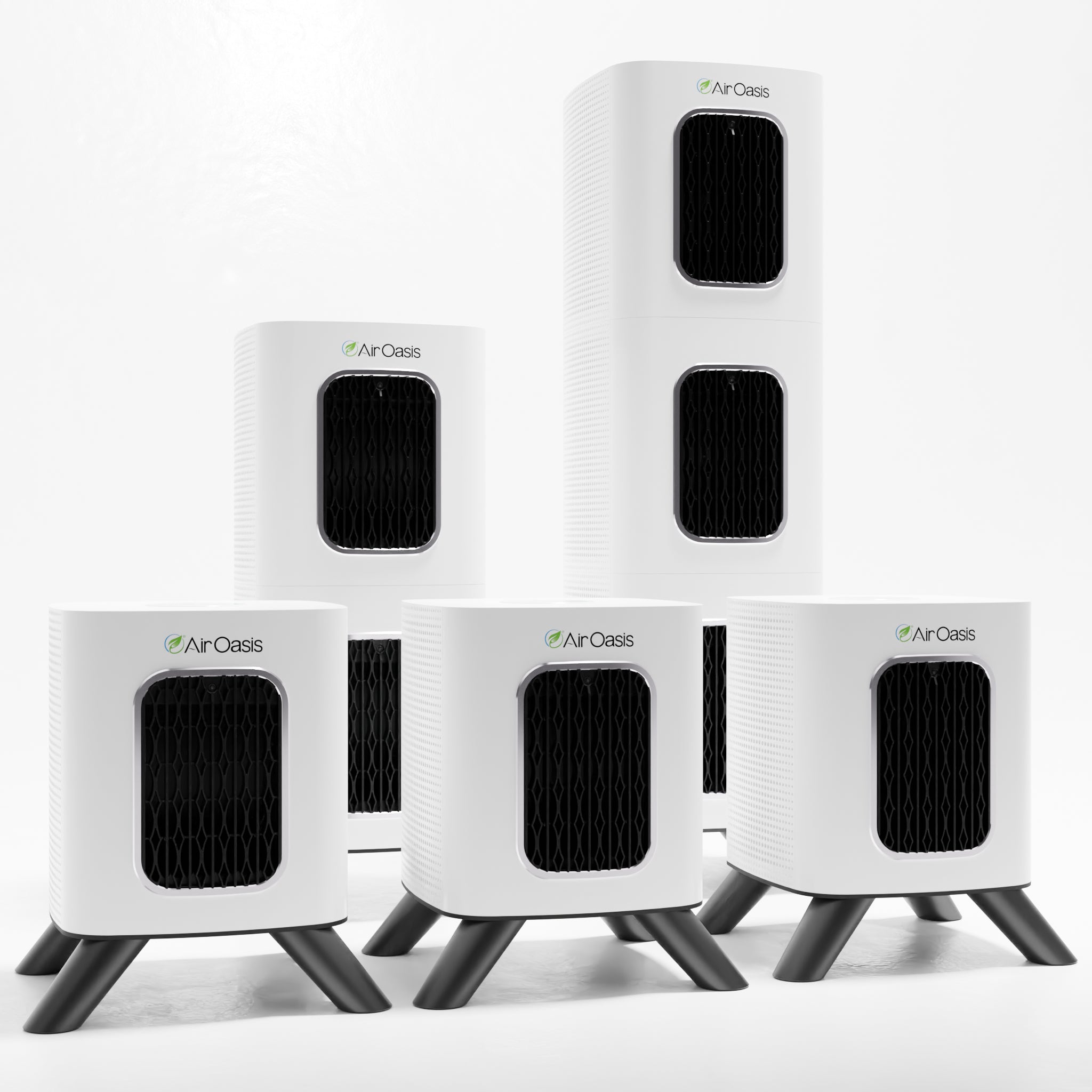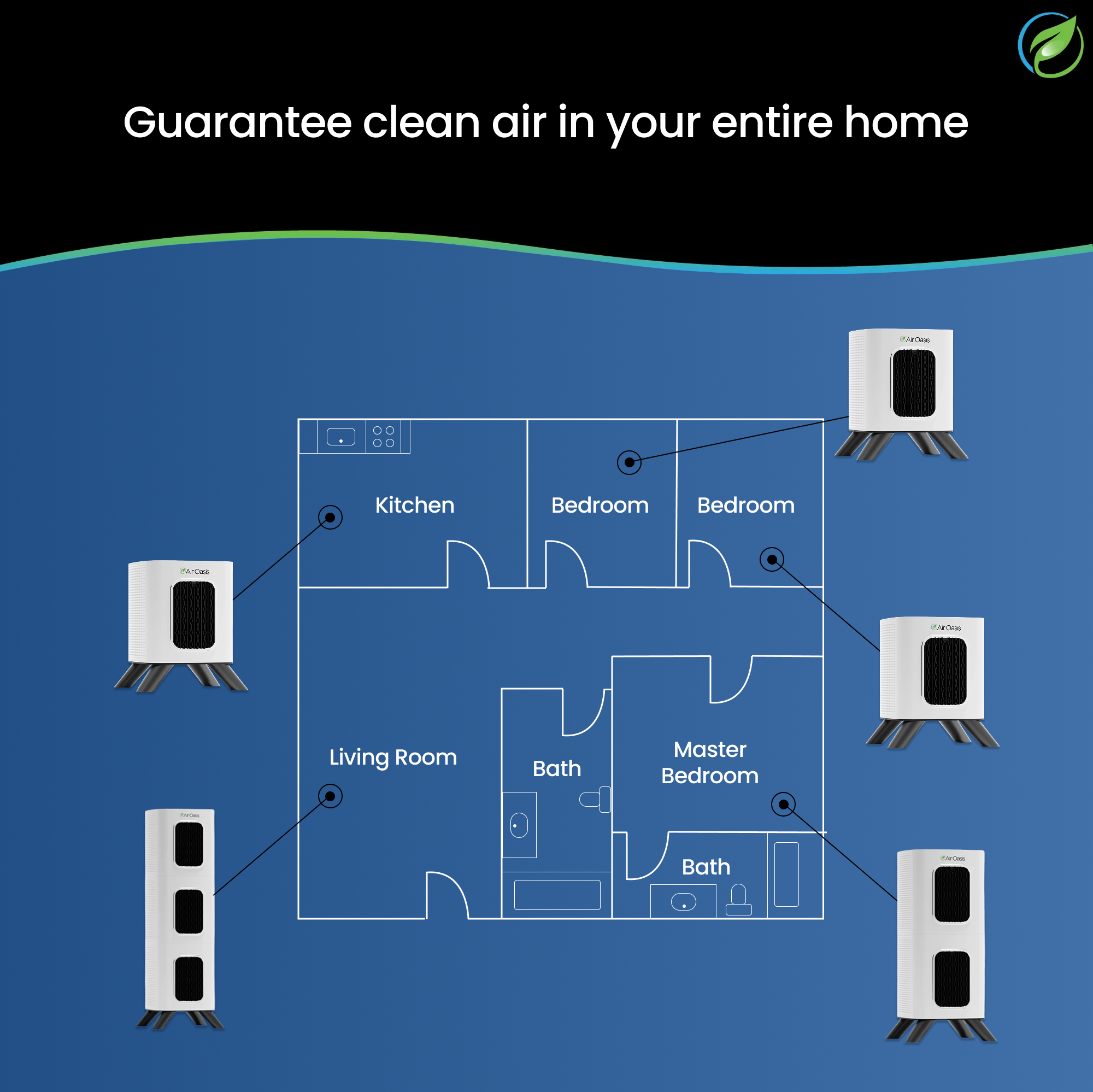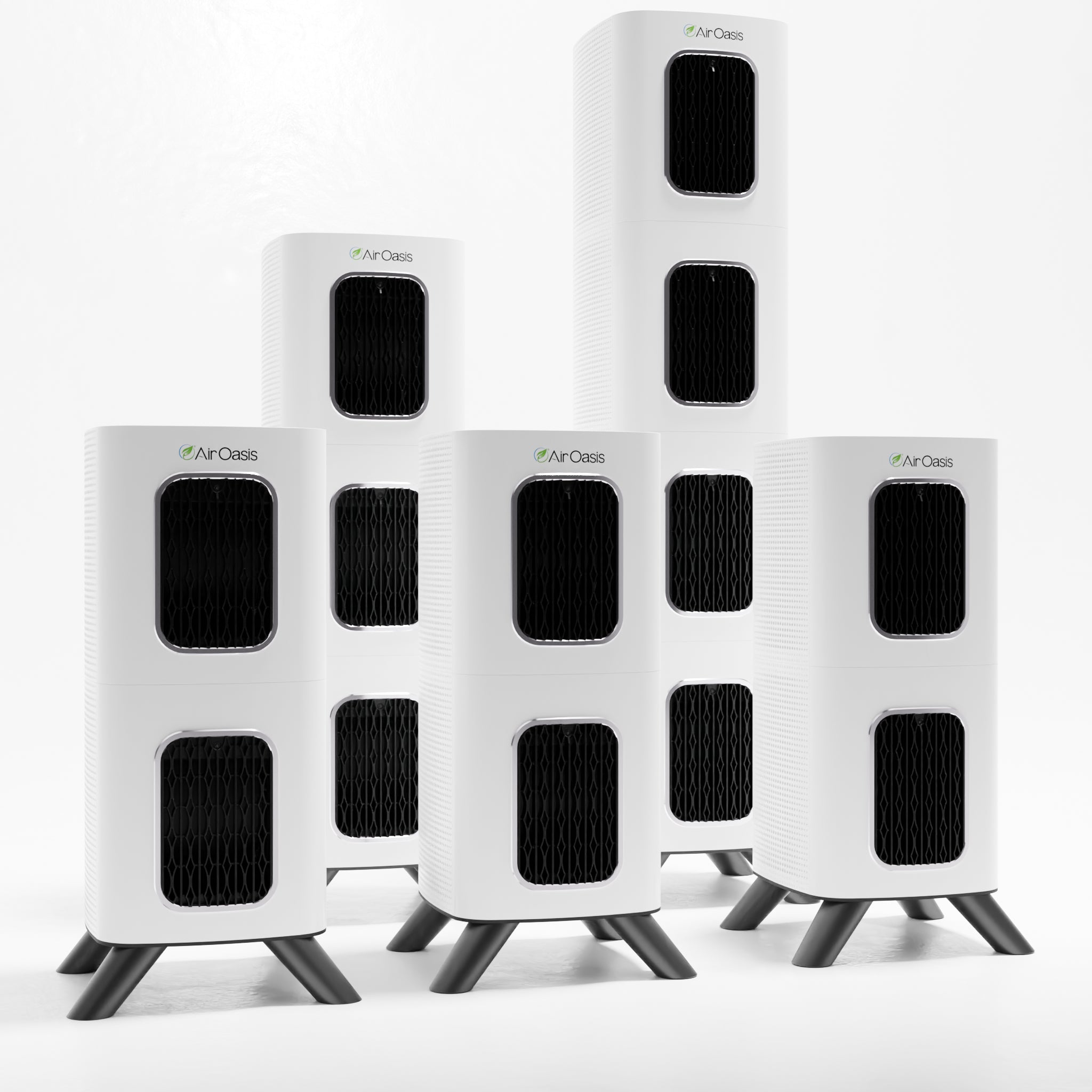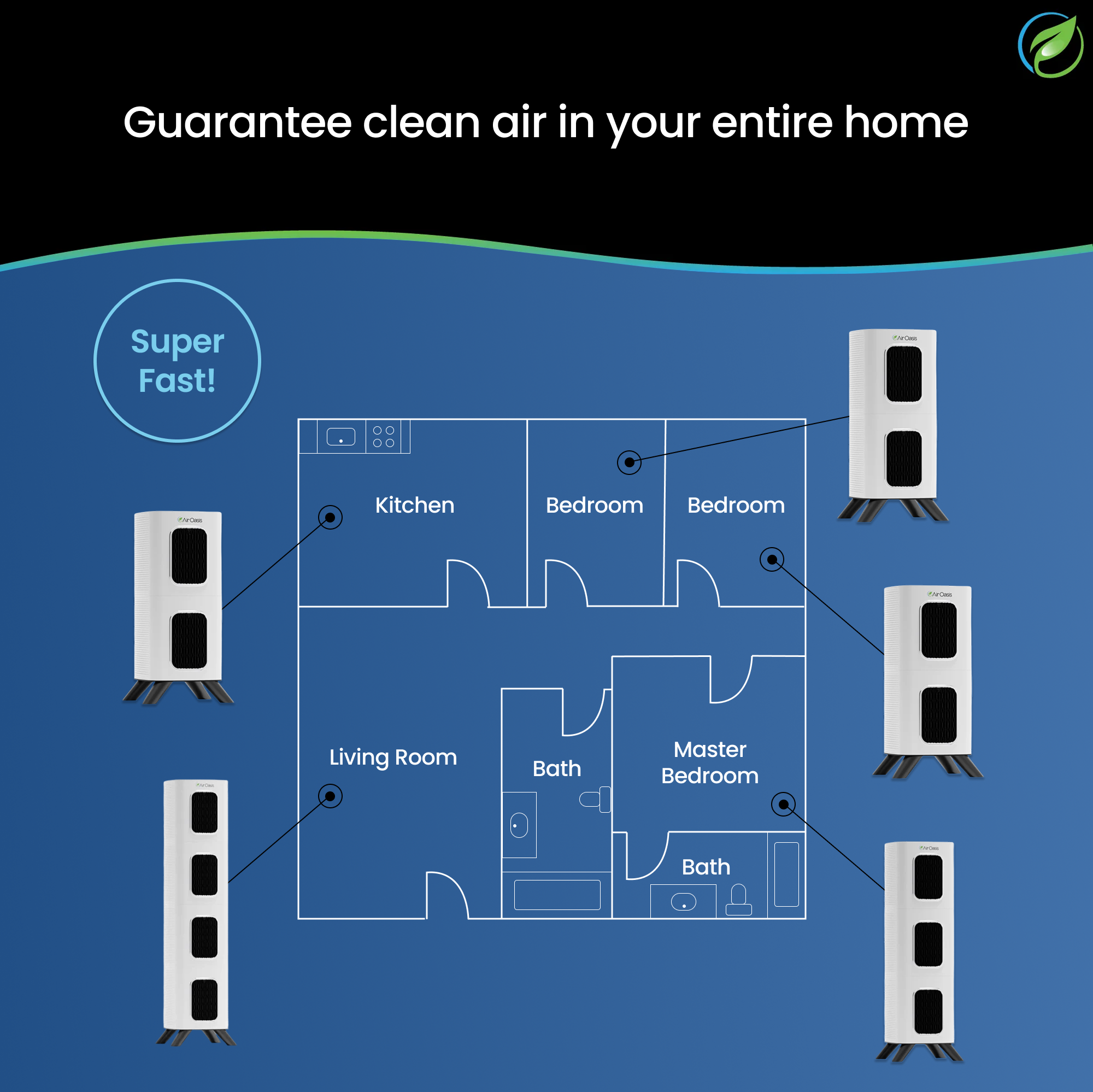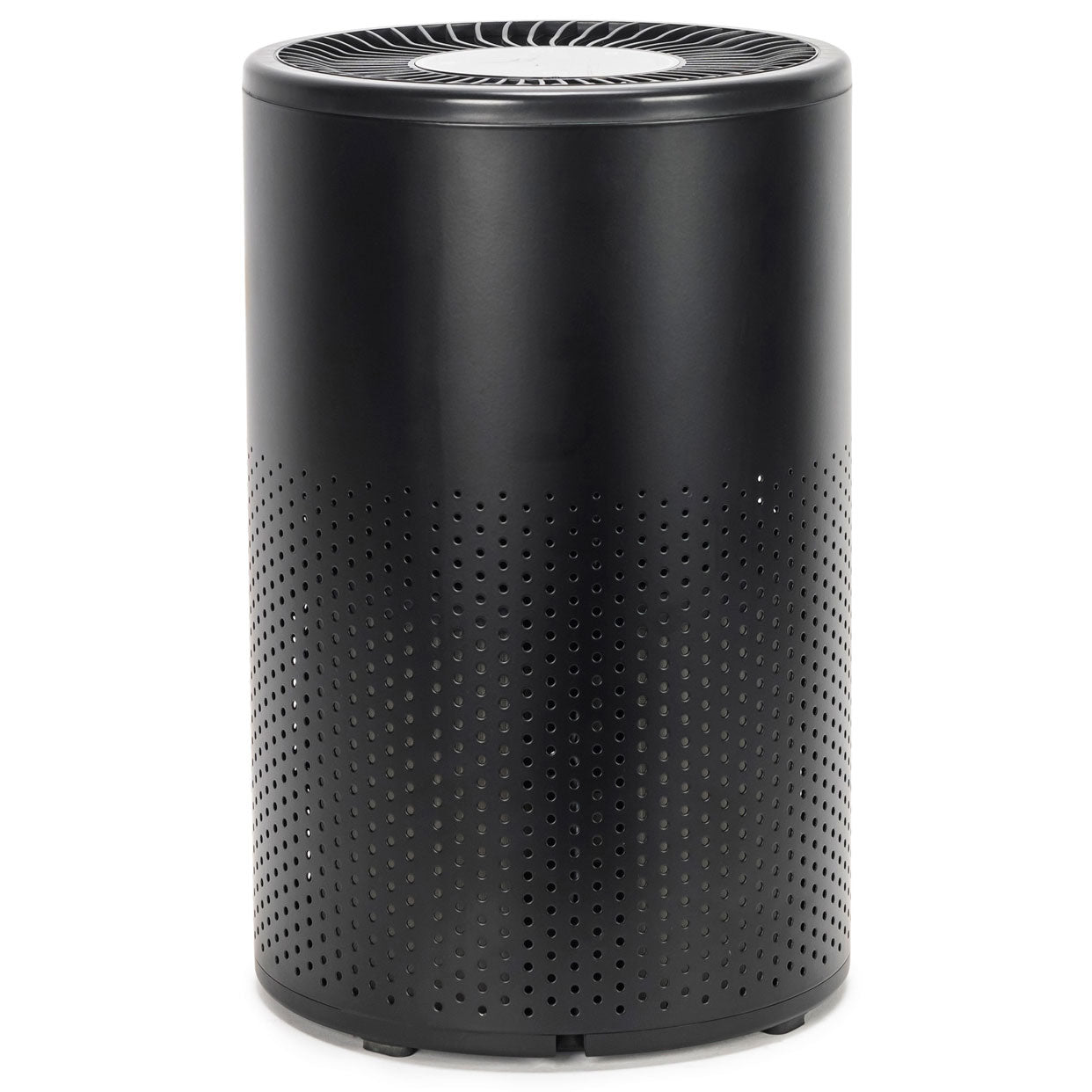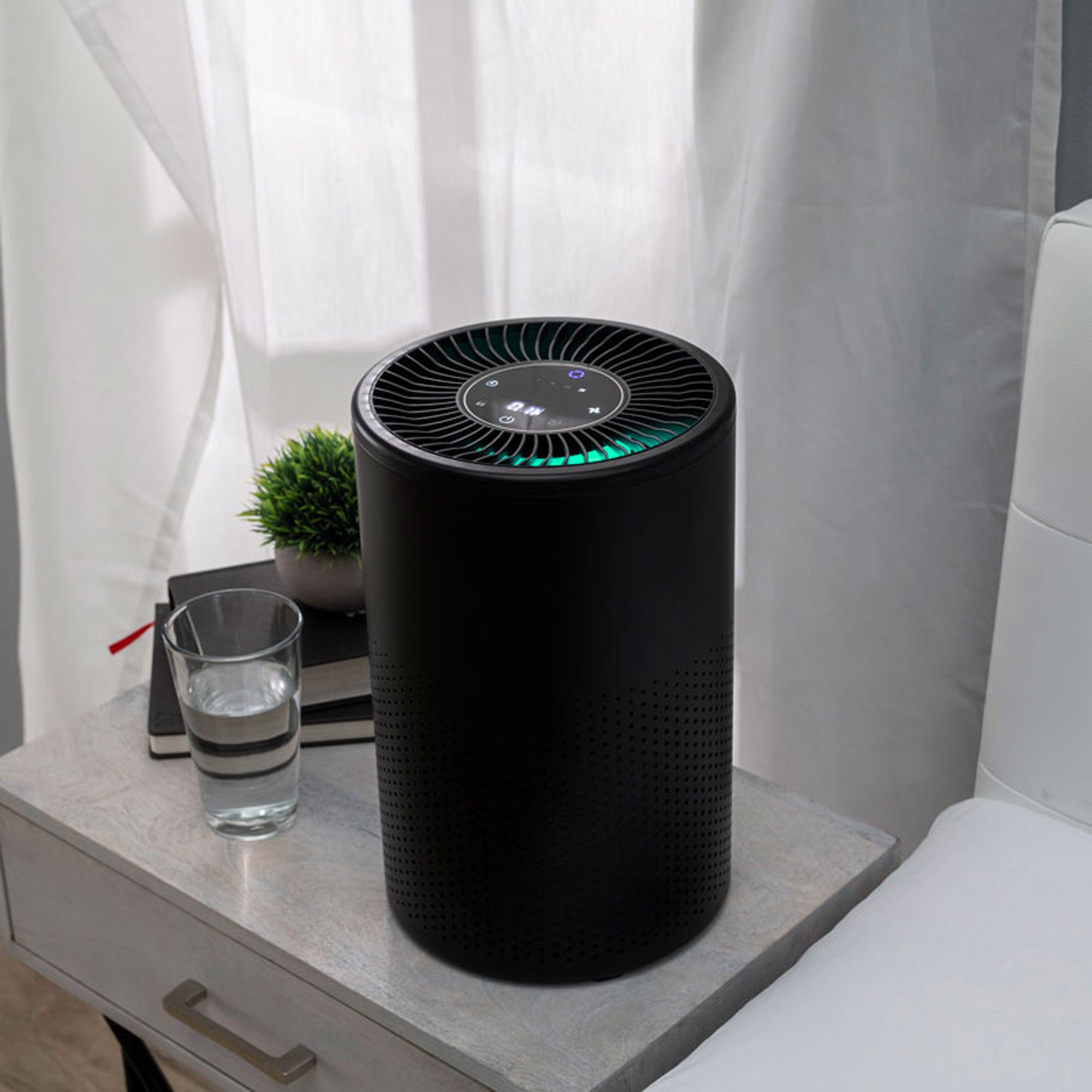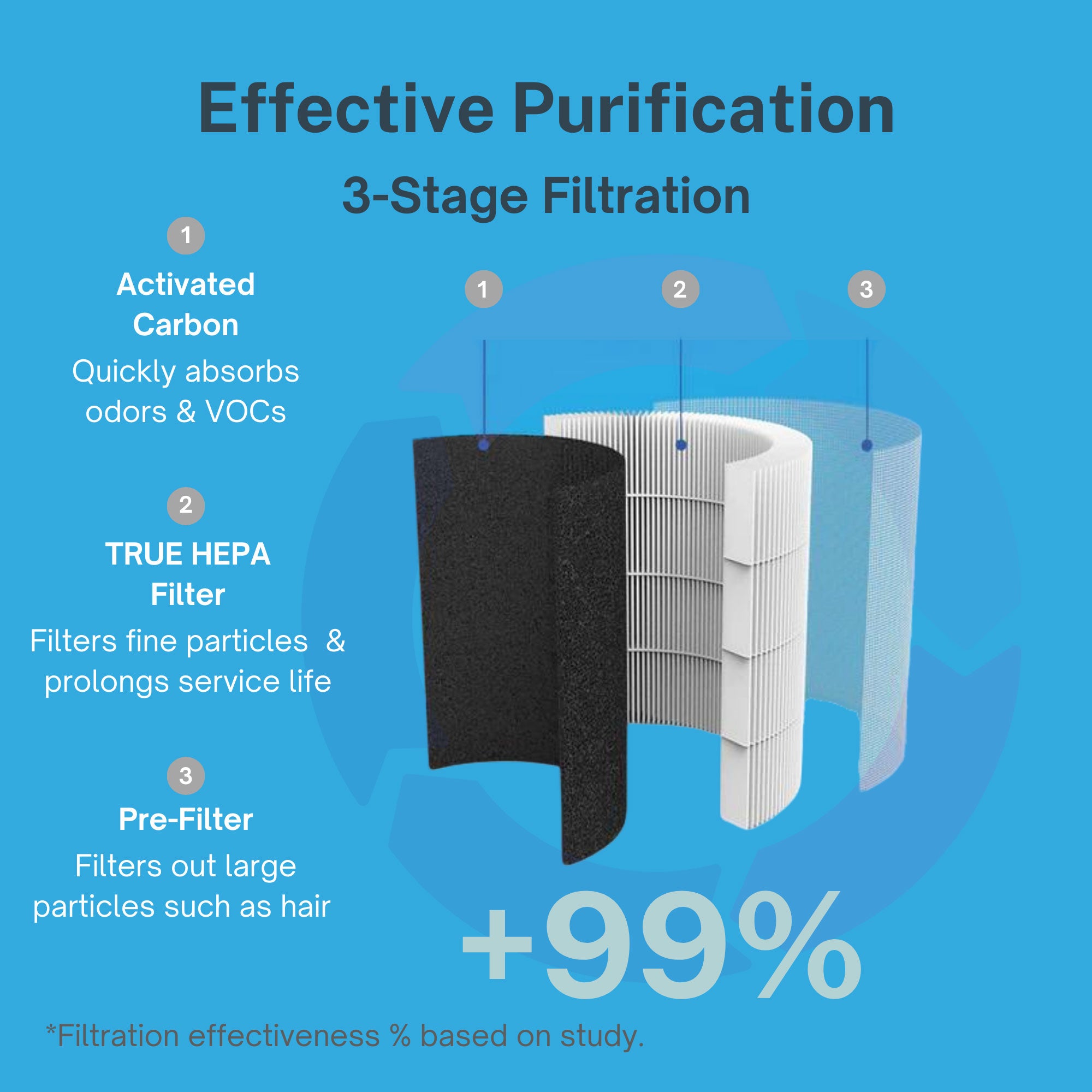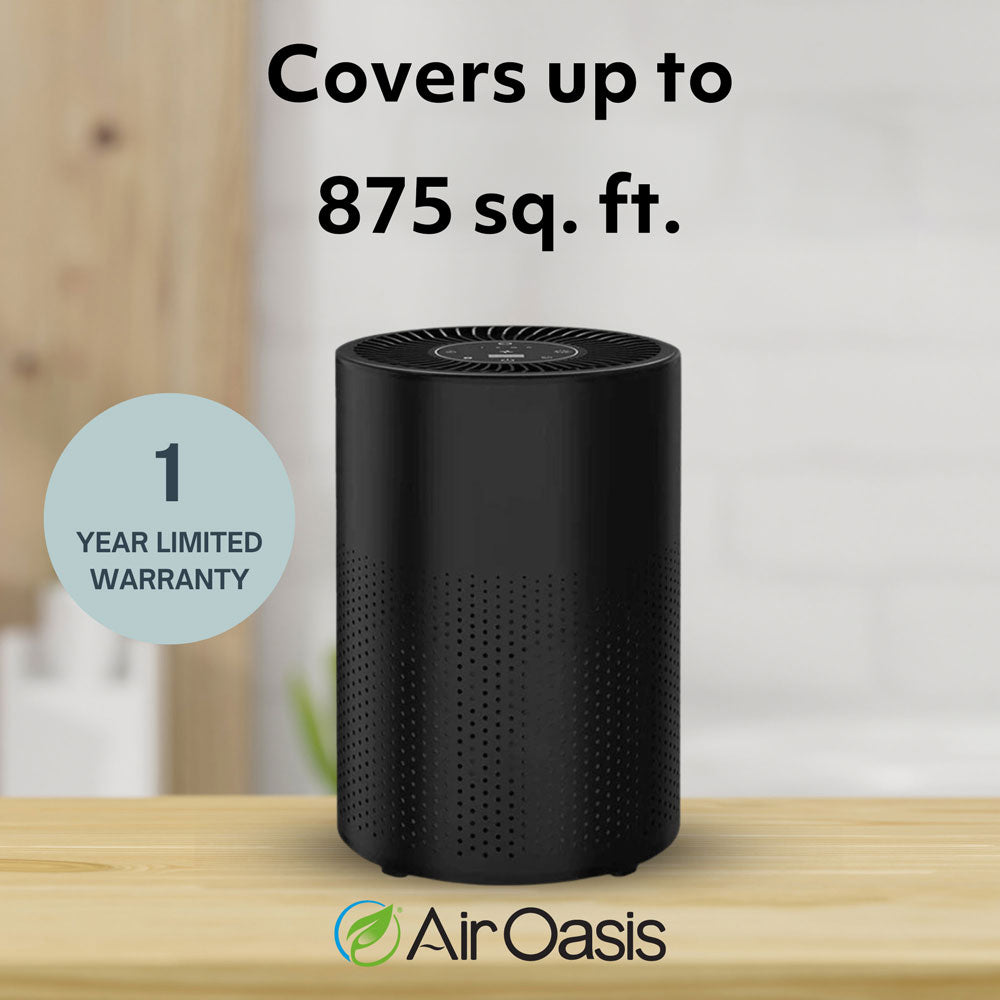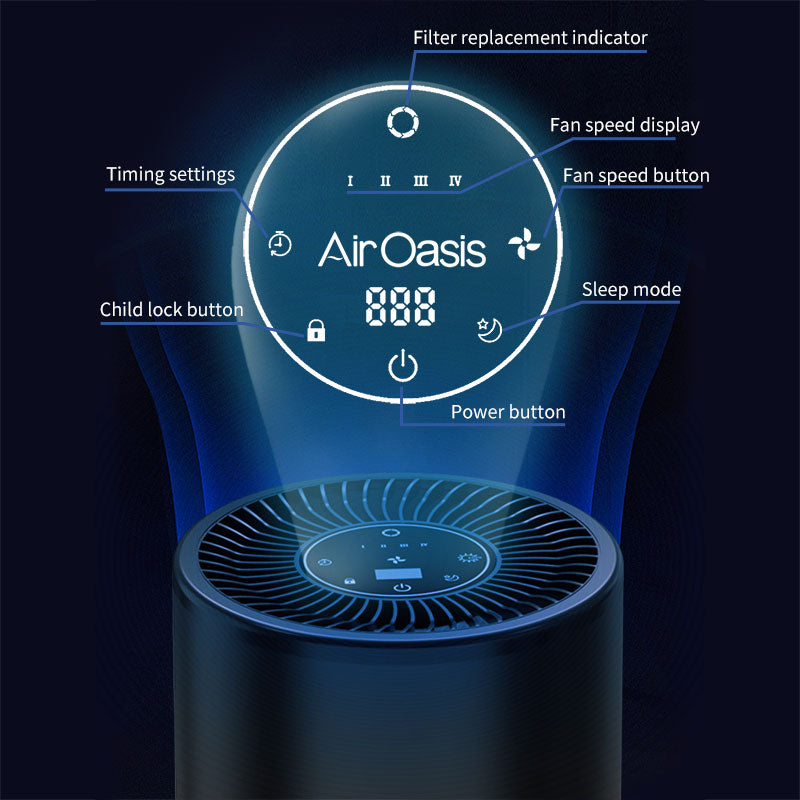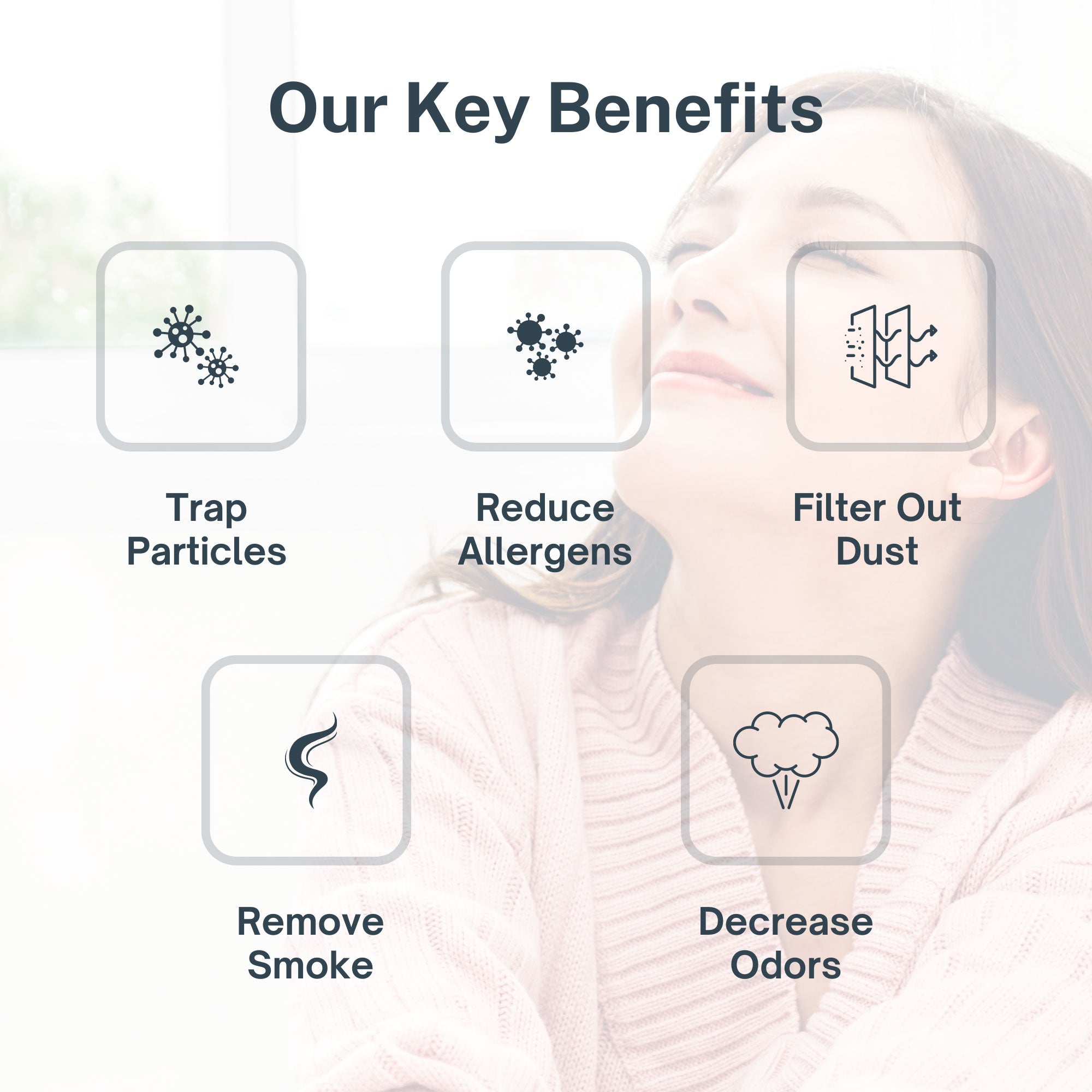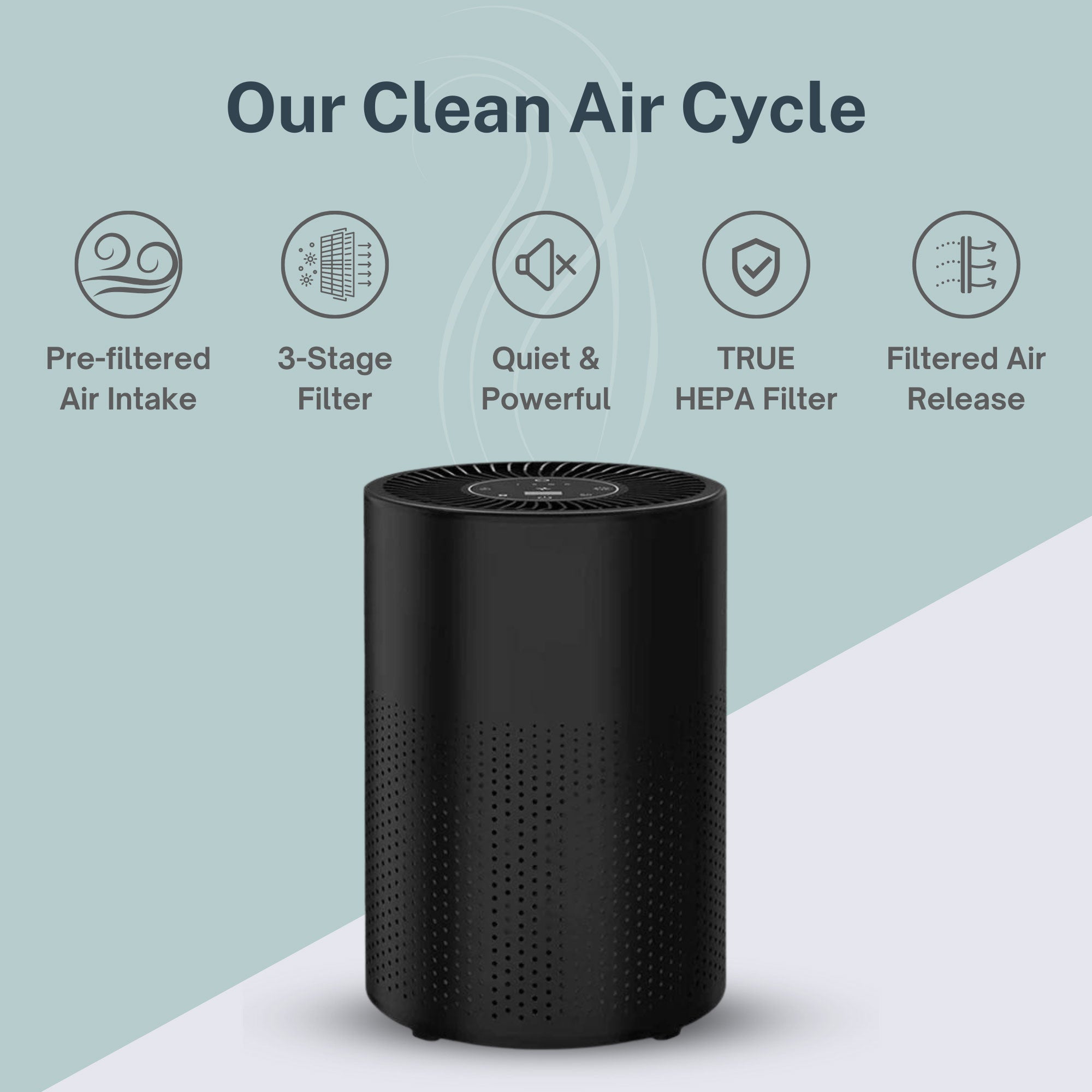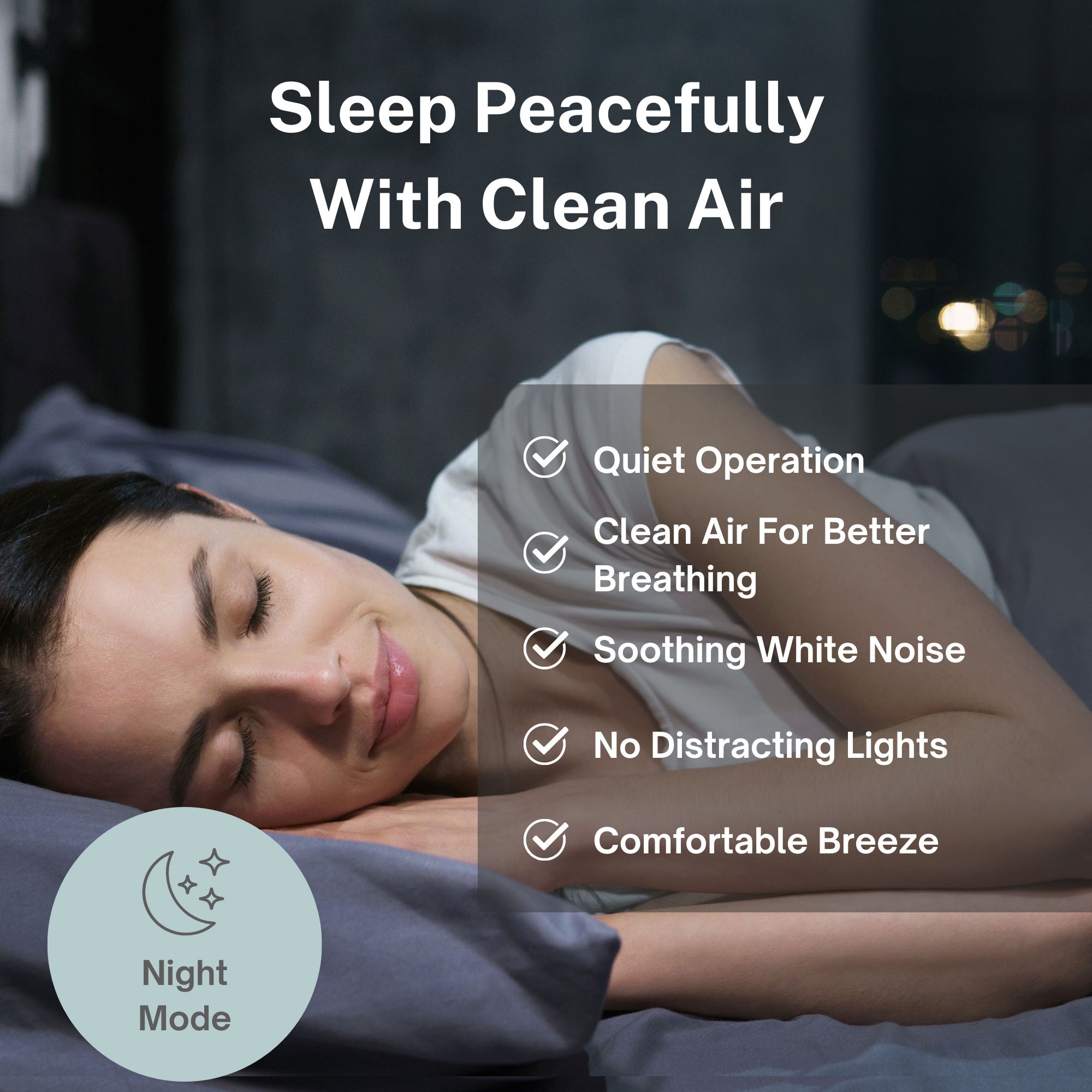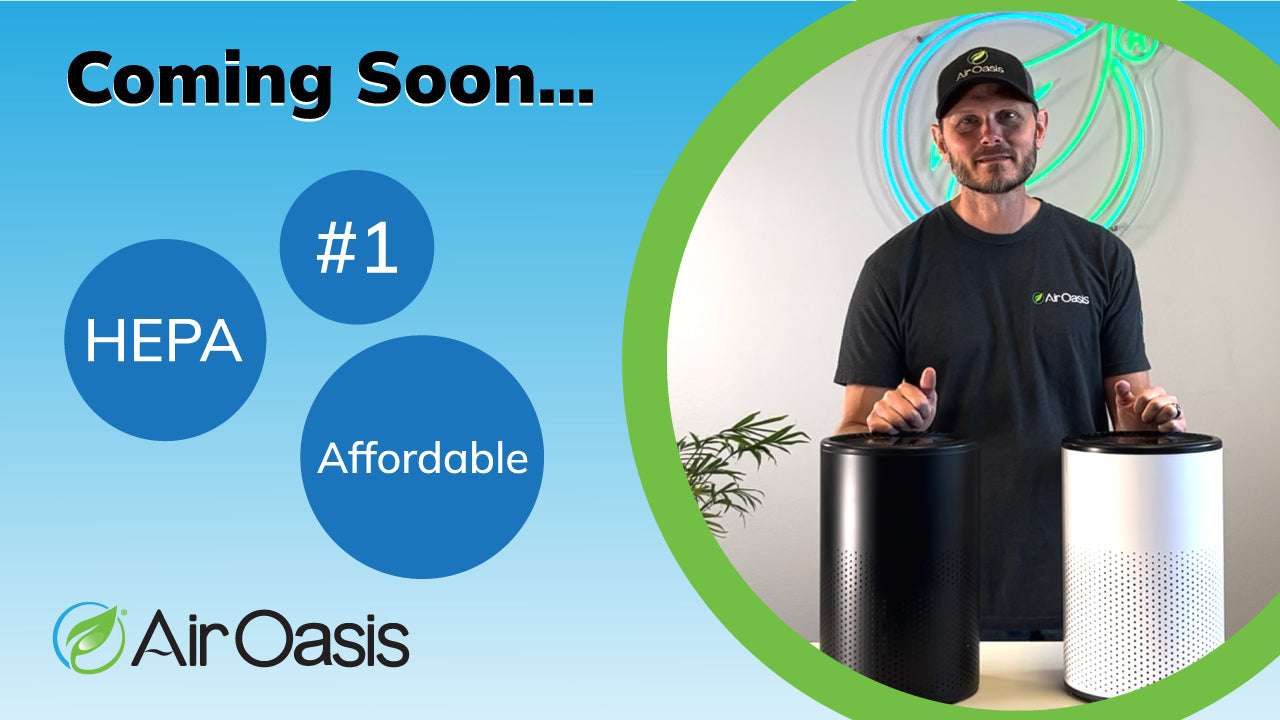Indoor air pollution is a silent threat that can significantly impact your health and well-being. With many of us spending 90% of our time indoors, it's essential that the air inside our homes and workplaces is clean and breathable.
Unfortunately, indoor air is often 2 to 5 times more polluted than outdoor air, containing a complex mixture of contaminants that can accumulate quickly without proper ventilation and air purification.
The effects of breathing polluted indoor air range from eye, nose, and throat irritation to headaches, fatigue, and worsening of asthma and allergic symptoms. Prolonged exposure to airborne pollutants has even been linked to serious illnesses like lung cancer, leukemia, and heart disease.
Investing in an effective air purifying solution is one of the best ways to enhance indoor air quality and safeguard your and your family's health.
Common Sources of Indoor Air Pollution
Indoor air pollution stems from various sources found commonly in homes and offices. Some of the top pollutants to be aware of include:
- Chemical Pollutants: Volatile organic compounds (VOCs) off-gassed from household cleaners, paints, varnishes, pesticides, and more can accumulate in indoor air. Other concerning chemical pollutants include formaldehyde, radon gas, nitrogen dioxide, and carbon monoxide.
- Biological Contaminants: Microbes like mold, bacteria, viruses, pet dander, dust mites, and pollen are commonly found indoors. They can trigger allergic reactions and respiratory issues when inhaled.
- Outdoor Pollutants: Outdoor pollutants from automobiles, factories, and wildfires can infiltrate indoor spaces through ventilation systems and open windows. These include ozone, fine particulate matter, and heavy metals.
Understanding Air Purifiers
Air purifiers work by drawing air into the machine through specialized filters designed to capture harmful particulate matter, gases, and microbes. The clean, filtered air is then recirculated back into the room. There are several types of air-purifying technologies to consider:
- HEPA (High-Efficiency Particulate Air) Filters: Extremely effective at trapping fine particles like dust, smoke, mold spores, and pet dander. Ideal for allergies and asthma.
- Activated Carbon Filters: Adsorb and neutralize fumes, gases, VOCs, and odors through a highly porous carbon medium. Essential for eliminating chemical pollutants.
- UV Light Air Purifiers: Utilize ultraviolet light to destroy biological contaminants that cause illnesses like viruses and bacteria as air passes through.
- Ionic Air Purifiers: Negatively charged electrodes (anions) cause particles to clump together for easier capture. Ionic air purifiers are best suited for the removal of larger particles.
Specialized purifiers are also available to address unique indoor air quality issues like radon gas, smoke, and formaldehyde. Used properly, air purifiers provide a proactive solution to monitor and improve your indoor air on a daily basis. Benefits include better breathing, fewer allergies/asthma attacks, reduced risk of illness, and more productivity and comfort while at home.
Identifying Indoor Air Quality Issues
Because indoor air pollution often can't be seen or smelled, it's important to be proactive in assessing your indoor air quality. Some signs that your indoor air may be polluted include:
- Persistent faint chemical smells
- Lingering odors from cooking, pets, smoke, etc.
- Dust buildup on surfaces
- Excess moisture or musty smells indicating mold
- Aggravated allergy/asthma symptoms when at home
- Frequent headaches, fatigue, or dizziness
- Stuffy air or reduced airflow
Conducting an indoor air quality audit can help identify less obvious sources of contaminants. Check for leaks, moisture issues, properly working ventilation, and potential sources of VOCs and biological pollutants. Consider investing in affordable, high-quality air quality monitors to keep regular tabs on pollutants like PM2.5, CO2, VOCs, and radon gas. Stopping problems early can prevent major indoor air quality headaches down the road.
Choosing the Right Air Purifier
With so many air purifier models on the market, choosing one suited to your needs can be tricky. Keep the following factors in mind:
- Your Specific Air Quality Issues: Focus on filters designed to capture the types of pollutants your indoor air struggles with most.
- Room Size: Choose an air purifier with a CADR (clean air delivery rate) appropriate for the room size you need to purify.
- Special Features: Do you need an air quality monitor, smart app controls, or auto-mode? Find features that fit your lifestyle.
- Noise Level: Ensure the purifier noise won't disturb sleep or work. Quieter units are available.
- Budget: Prices range widely based on features and filtration power. Beginner HEPA models start around $100, while specialized systems run $500+.
Be sure to consider the optimal placement of your air purifier, which is often at the source of pollutants or where you spend the most time. Proper sizing and location ensure your air purifier can work most efficiently.
Tips for Optimizing Indoor Air Quality
While air purifiers are invaluable for cleansing indoor air of contaminants, they work best as part of a comprehensive indoor air quality strategy. Additional tips for cleaner indoor air include:
- Allow outdoor air in through open windows regularly when pollution levels are low. This dilutes and removes indoor pollutants.
- Properly ventilate bathrooms, kitchens, and rooms with chemical fumes to the outside. Use bathroom/kitchen fans or open windows.
- Limit the use of VOCs and heavily scented products. Opt for green cleaning and laundry products.
- Fix leaks, handle moisture issues, and clean mold immediately to avoid biological contaminants.
- Change HVAC filters regularly. Have systems cleaned and inspected by professionals.
- Vacuum frequently using a HEPA filter vacuum to reduce dust buildup.
- Monitor indoor air quality and reassess your system if pollutant levels rise.
Taking a multi-pronged approach ensures your indoor air stays fresh. When paired with proper ventilation and pollutant reduction, air purifiers are the last step to removing lingering contaminants.
Air Oasis Air Purifiers: Your Solution to Clean Indoor Air
As an industry leader in indoor air quality solutions, Air Oasis utilizes advanced technologies and rigorous testing to engineer high-performance air purifiers ideal for both home and office use.
The iAdaptAir line of air purifiers offers robust, medical-grade filtration that removes particulates down to 0.01 microns, eliminating 99.99% of pollutants like dust, pollen, pet dander, mold, bacteria, and more from the air.
Their commercial-grade activated carbon filtration targets fumes, gases, VOCs, smoke, and odors. UV-C sanitizing light technology actively destroys biological contaminants for an extra level of air purification.
Quiet operation ensures these purifiers don't disrupt sleep or work. Units sized for spaces from small bedrooms to large open spaces allow you to effectively clean the air in all rooms of your home or workplace.
Customer reviews praise their line of sleek, high-performance purifiers for significantly improving indoor air quality, reducing allergy and asthma symptoms, and even alleviating respiratory issues like sinus infections. Air Oasis products provide an affordable investment into immediate and long-lasting clean air.
Prevent Toxic Indoor Air with Air Oasis
Breathe easier knowing your indoor air is clean and healthy for your lungs when you bring home superior quality air purification. Poor indoor air quality threatens your health and causes discomfort, but with an appropriately sized and designed air purifier system, you can feel confident the air in your home or office is fresh, virtually pollutant-free, and safe to breathe deeply.
Take control over your indoor air quality today by investing in innovative Air Oasis air purifiers to actively monitor and filter the air you breathe daily. You deserve to feel comfortable and healthy in the spaces you occupy most. With cleaner air, you’ll breathe a little deeper, sleep more soundly, and enjoy better well-being. Your family and employees deserve the gift of clean, purified air as well.
Give your lungs the clean air they deserve and shop Air Oasis air purifiers today to create a healthier indoor air environment. Your body will thank you!



